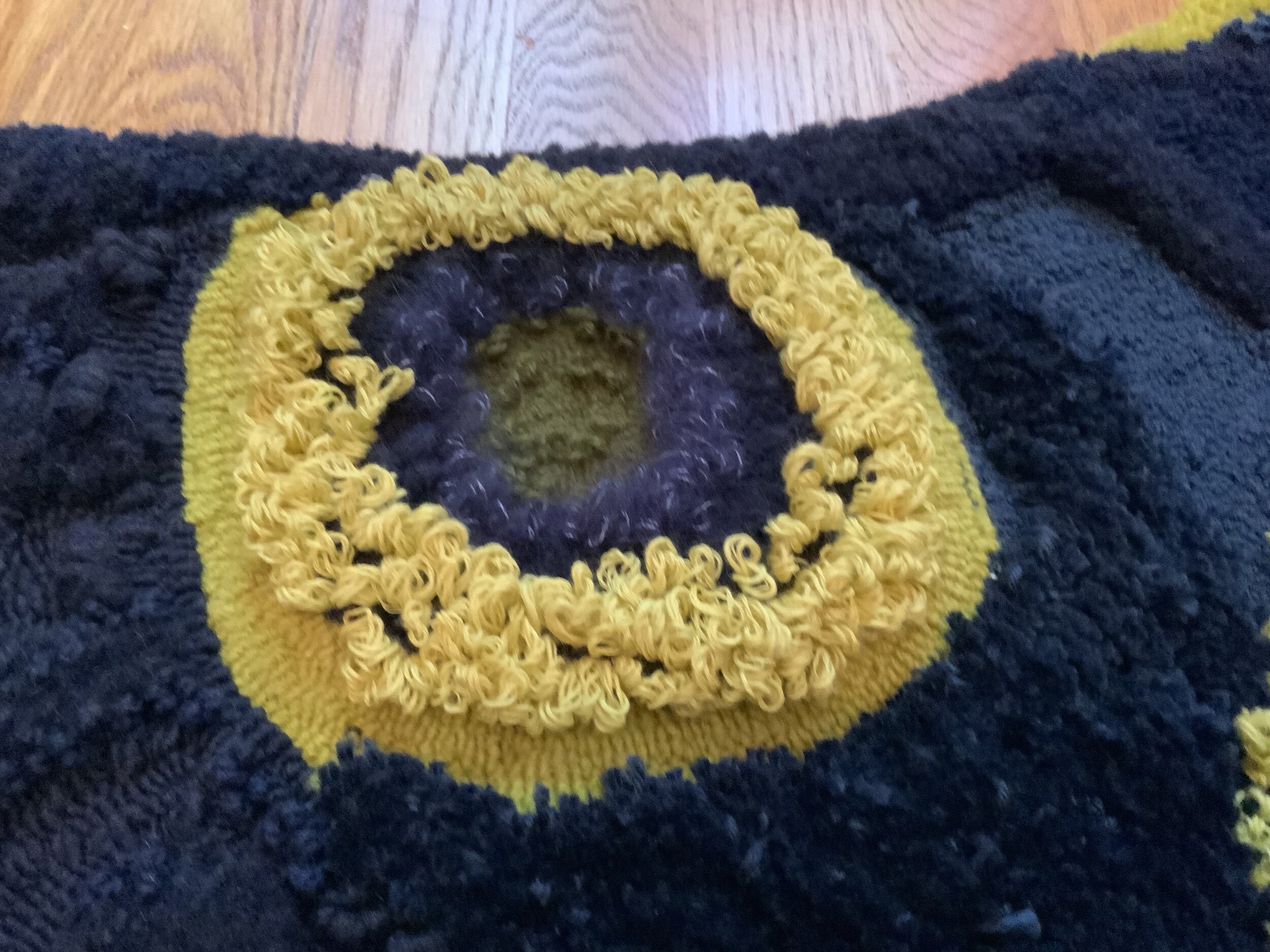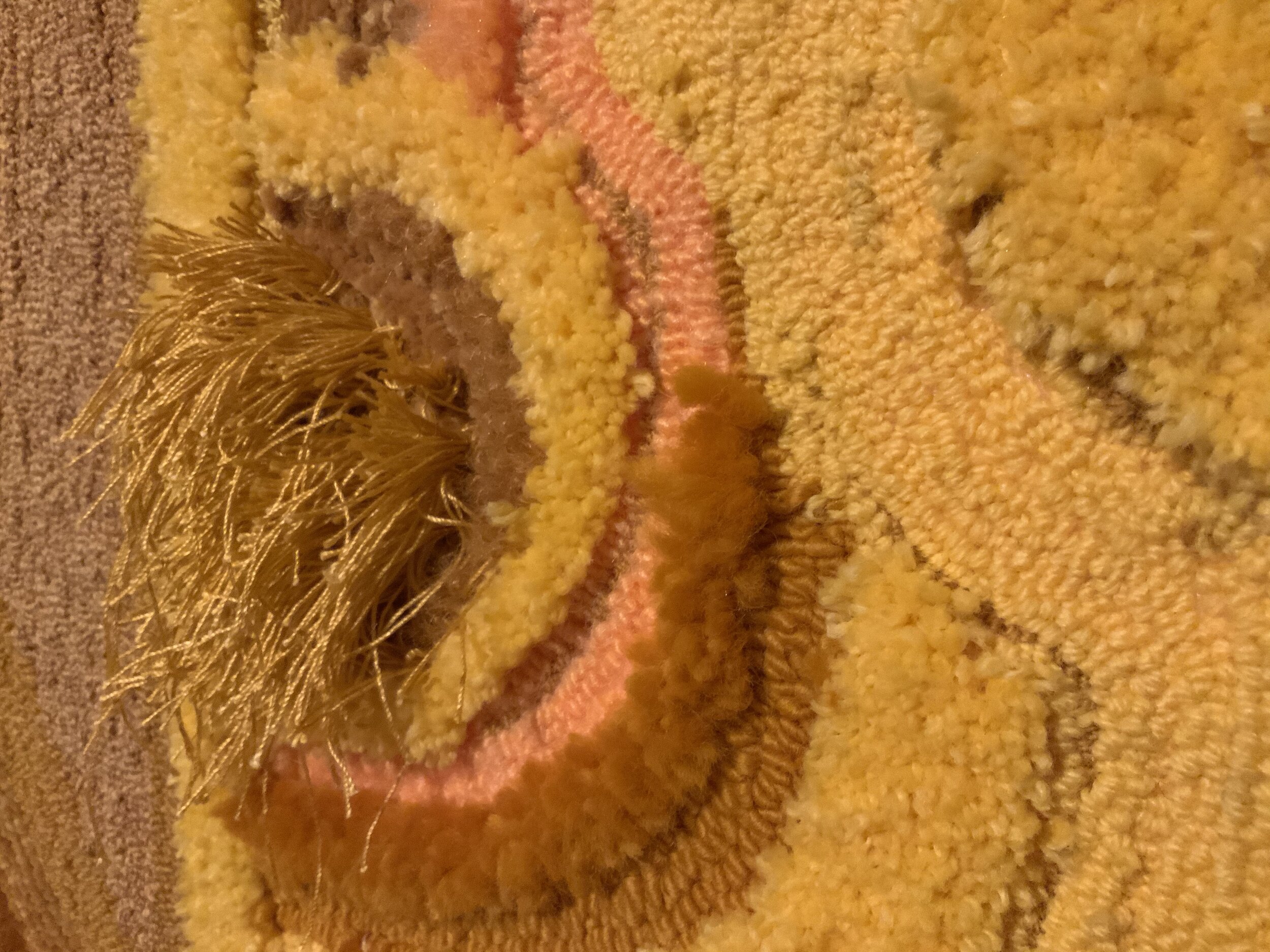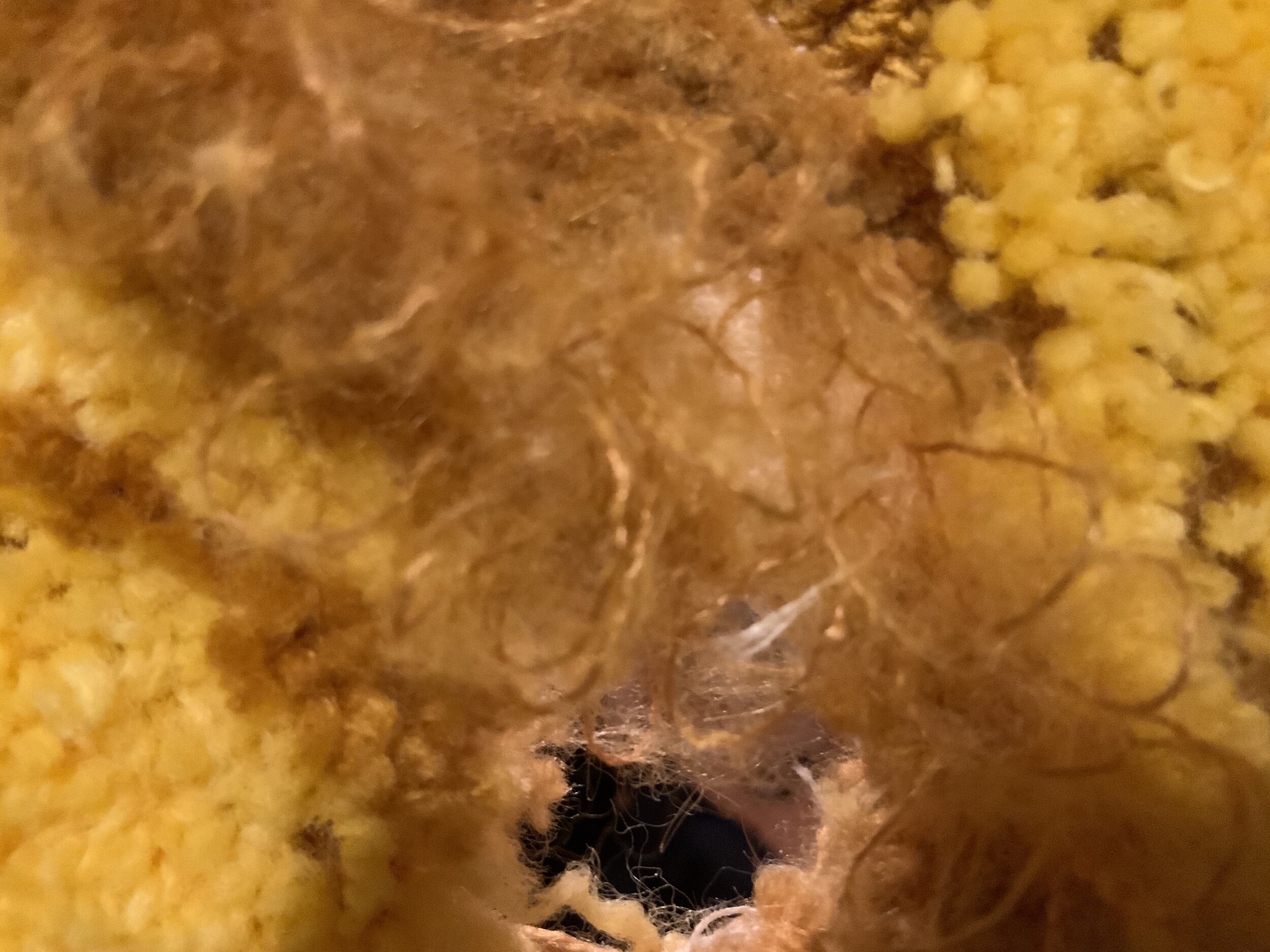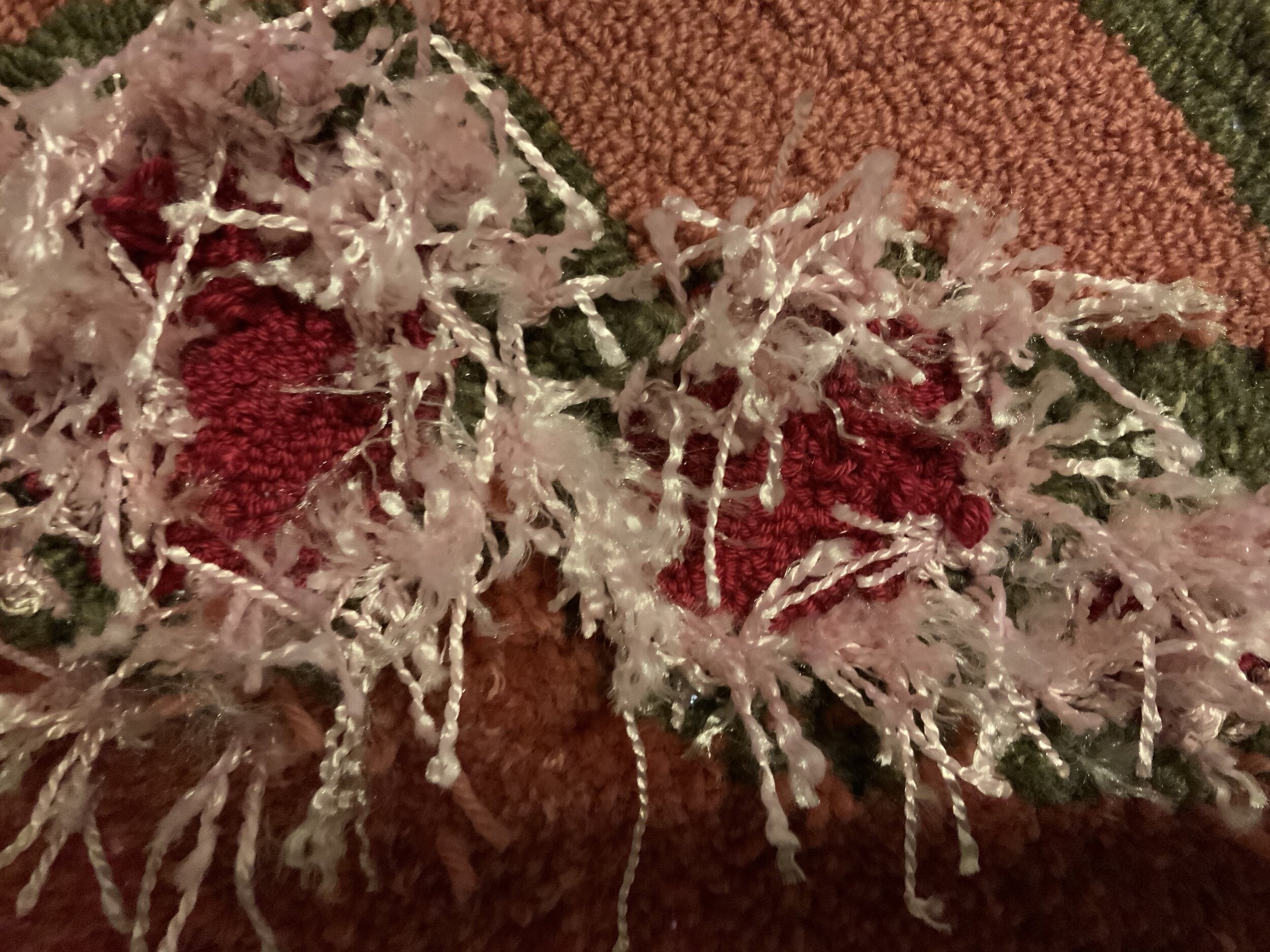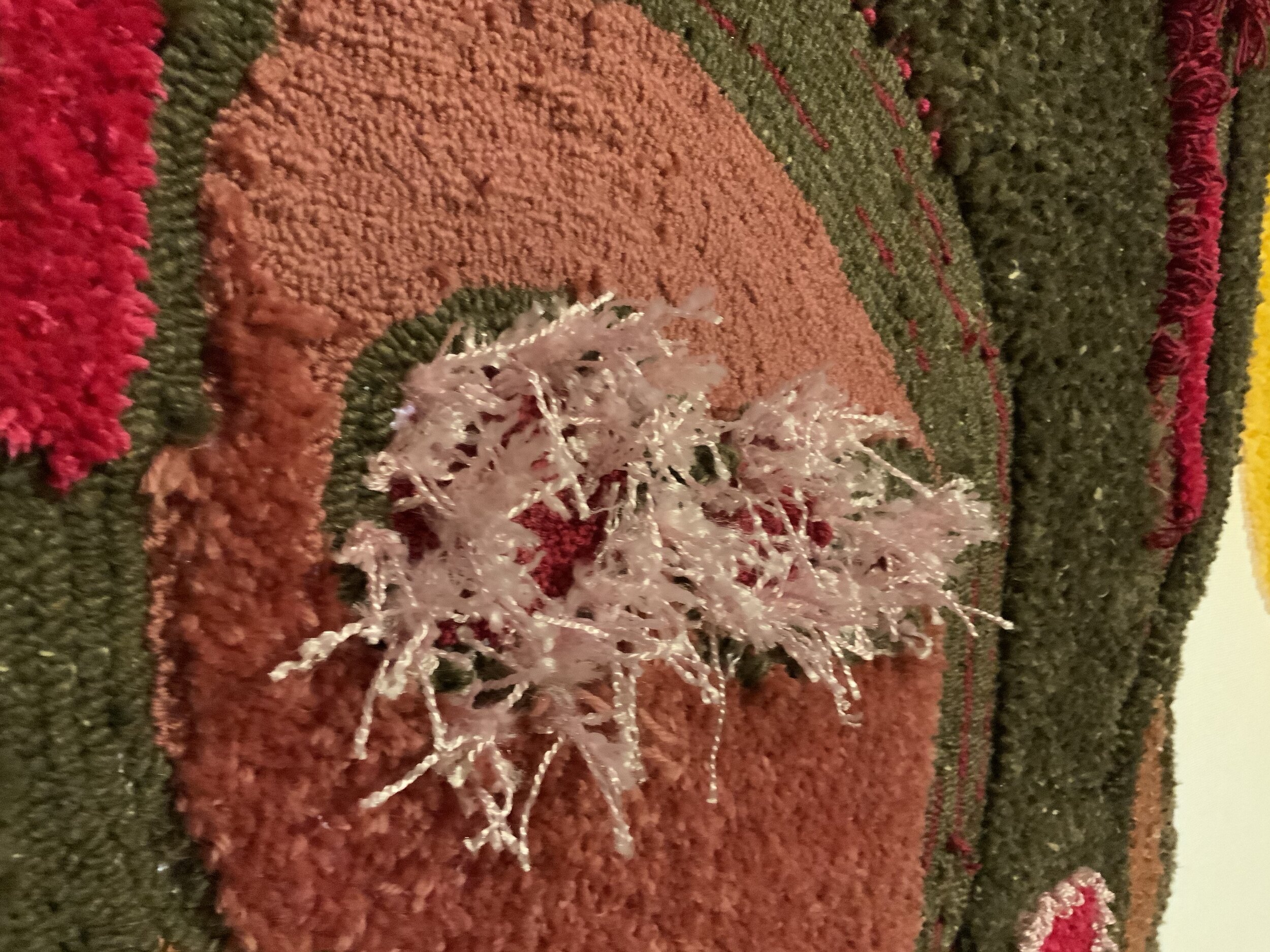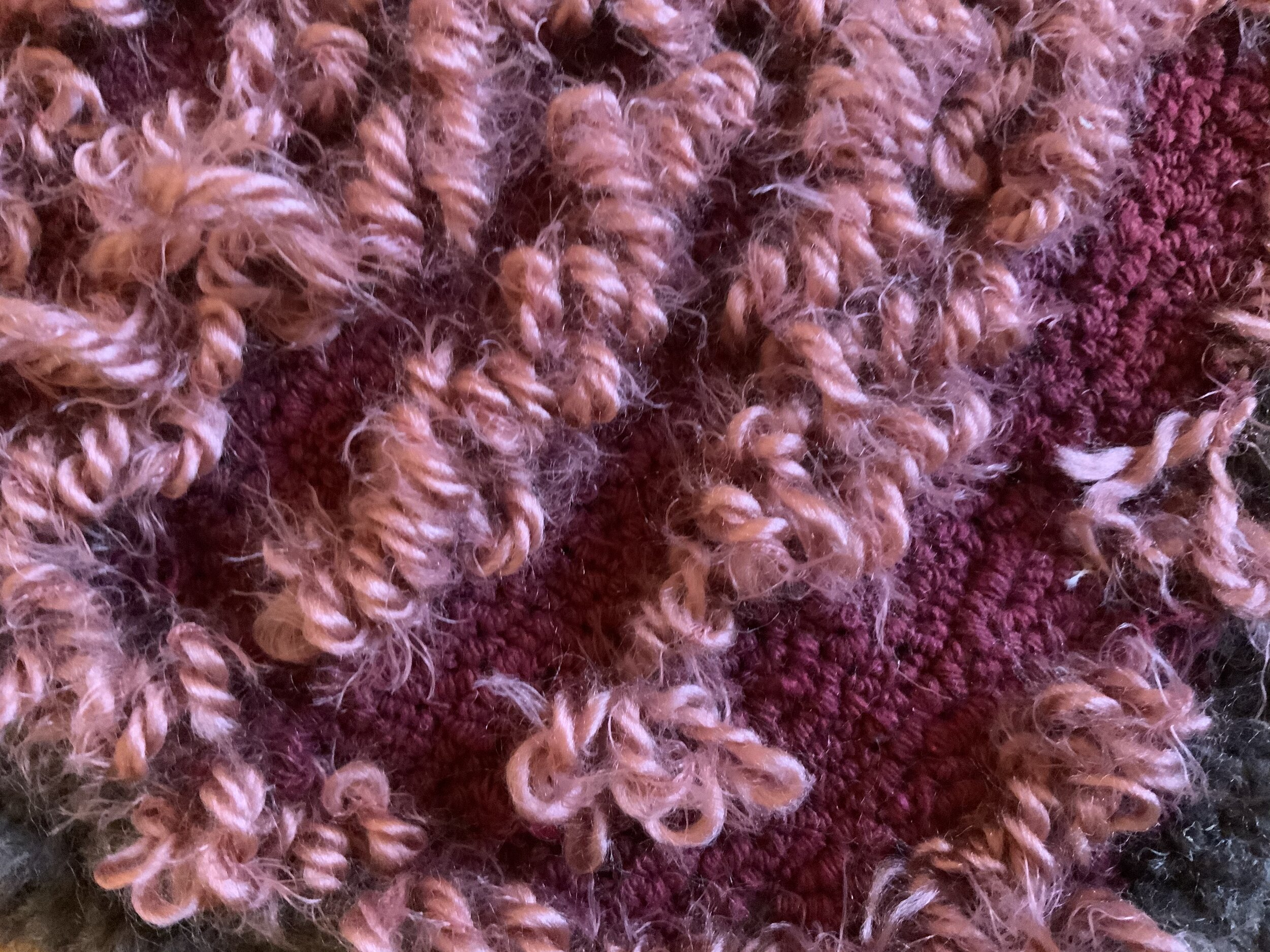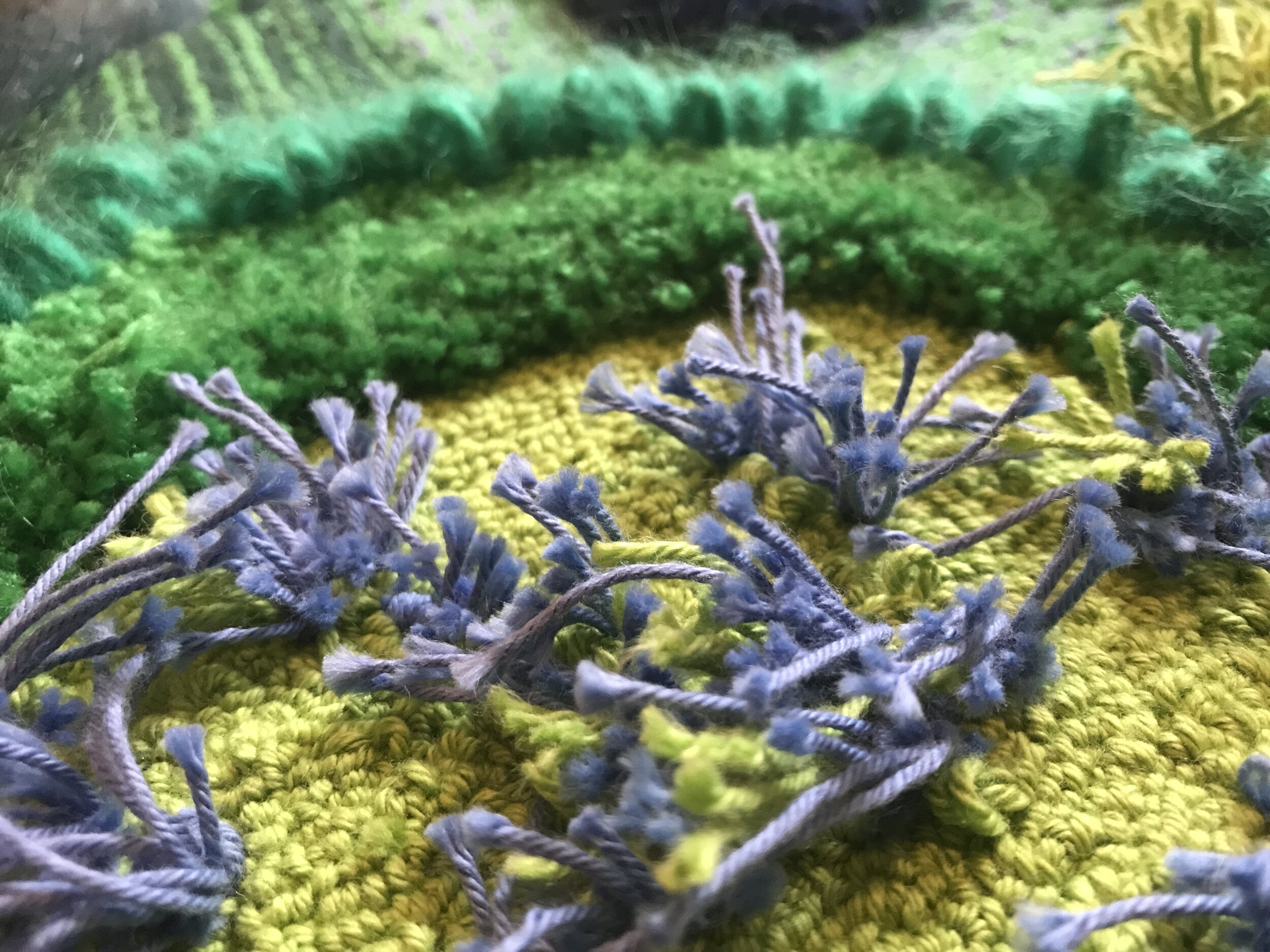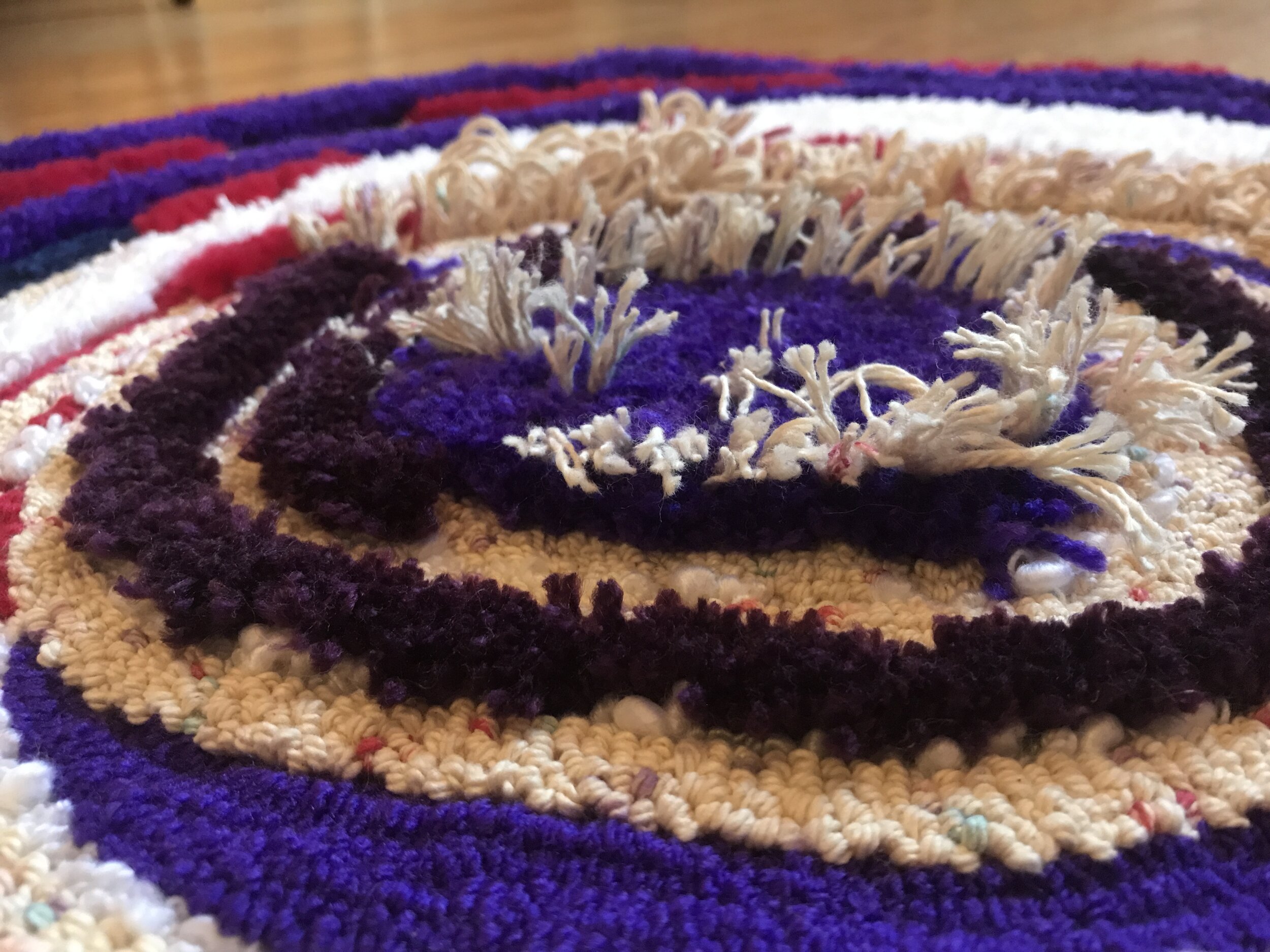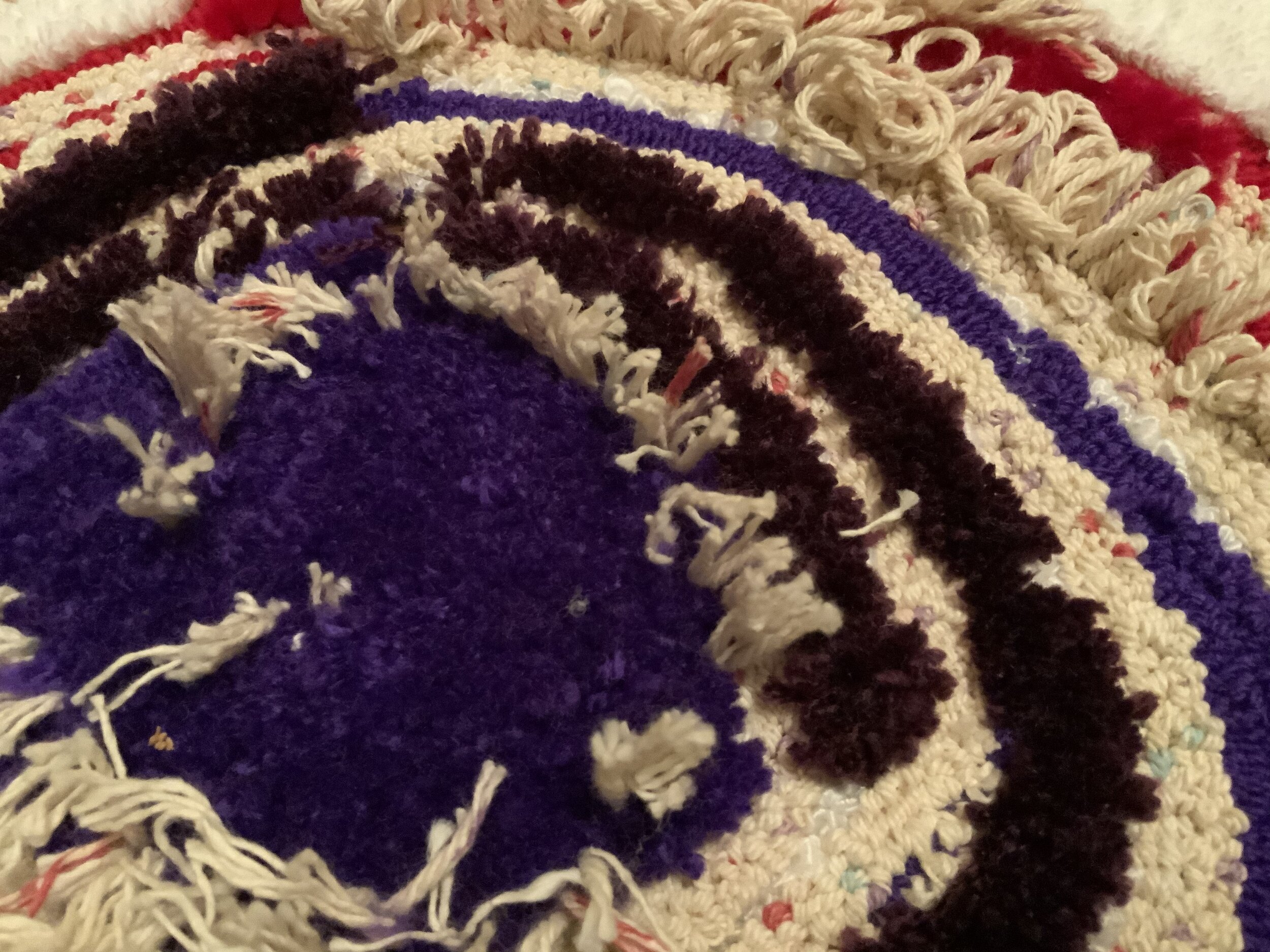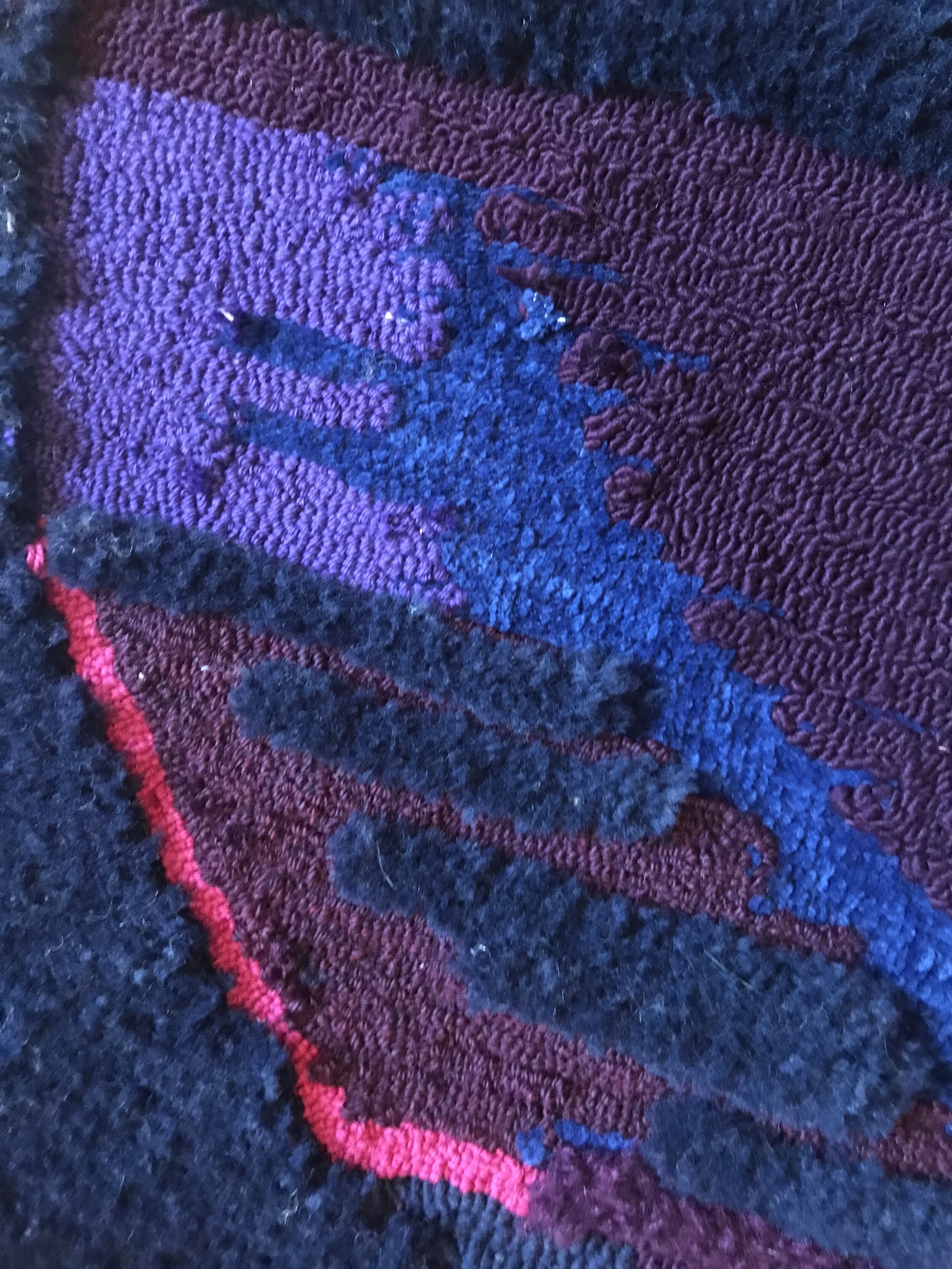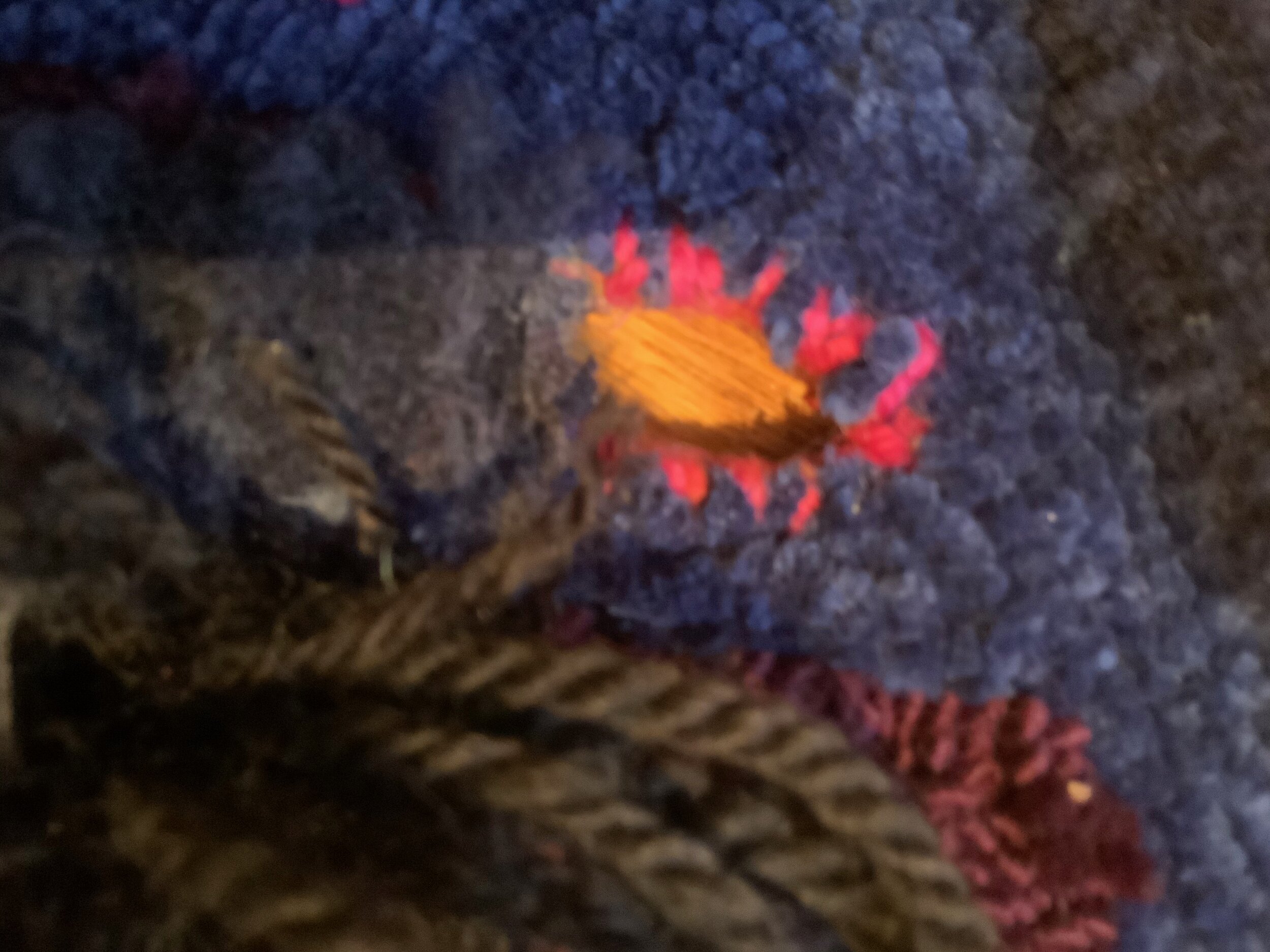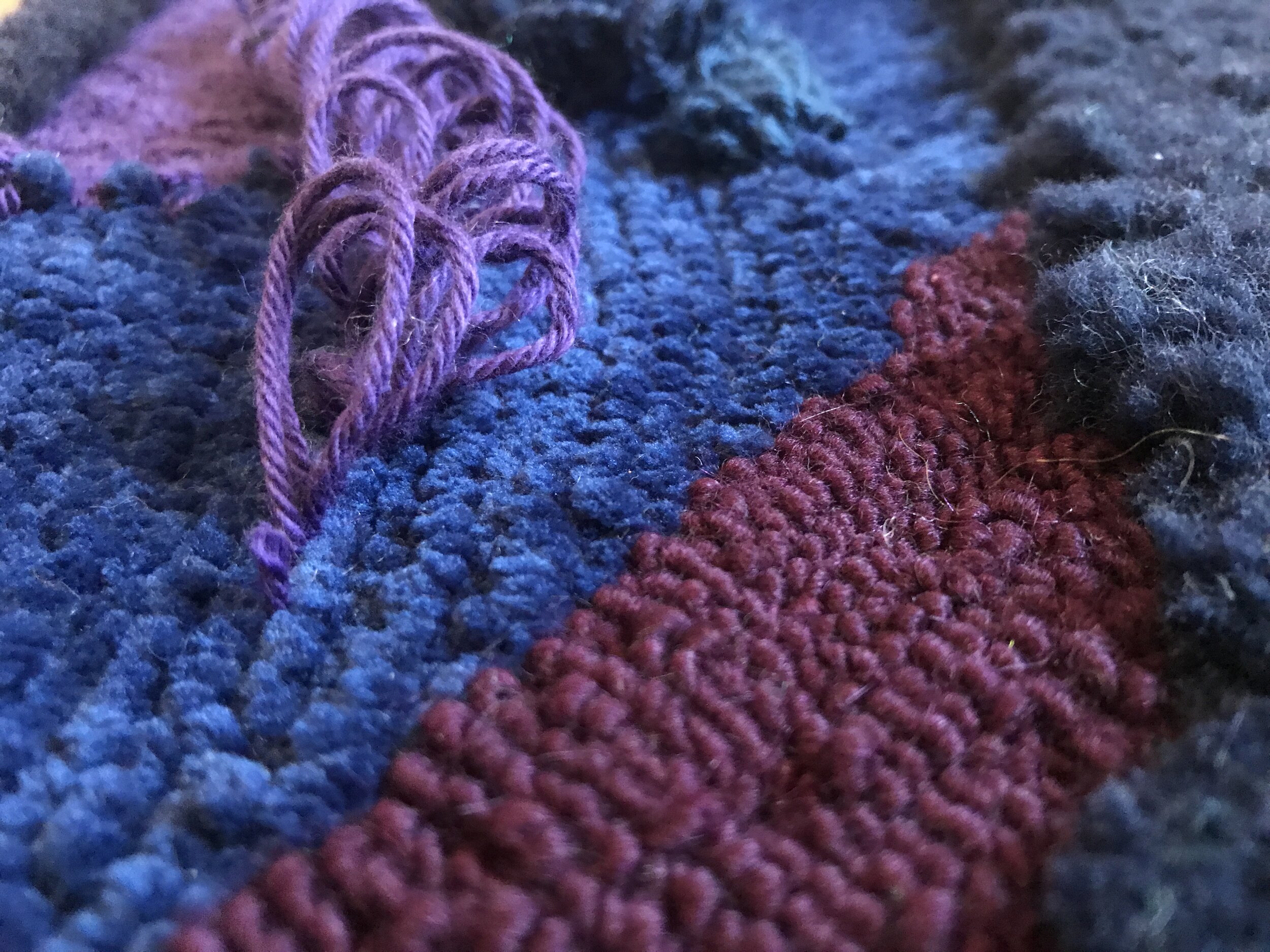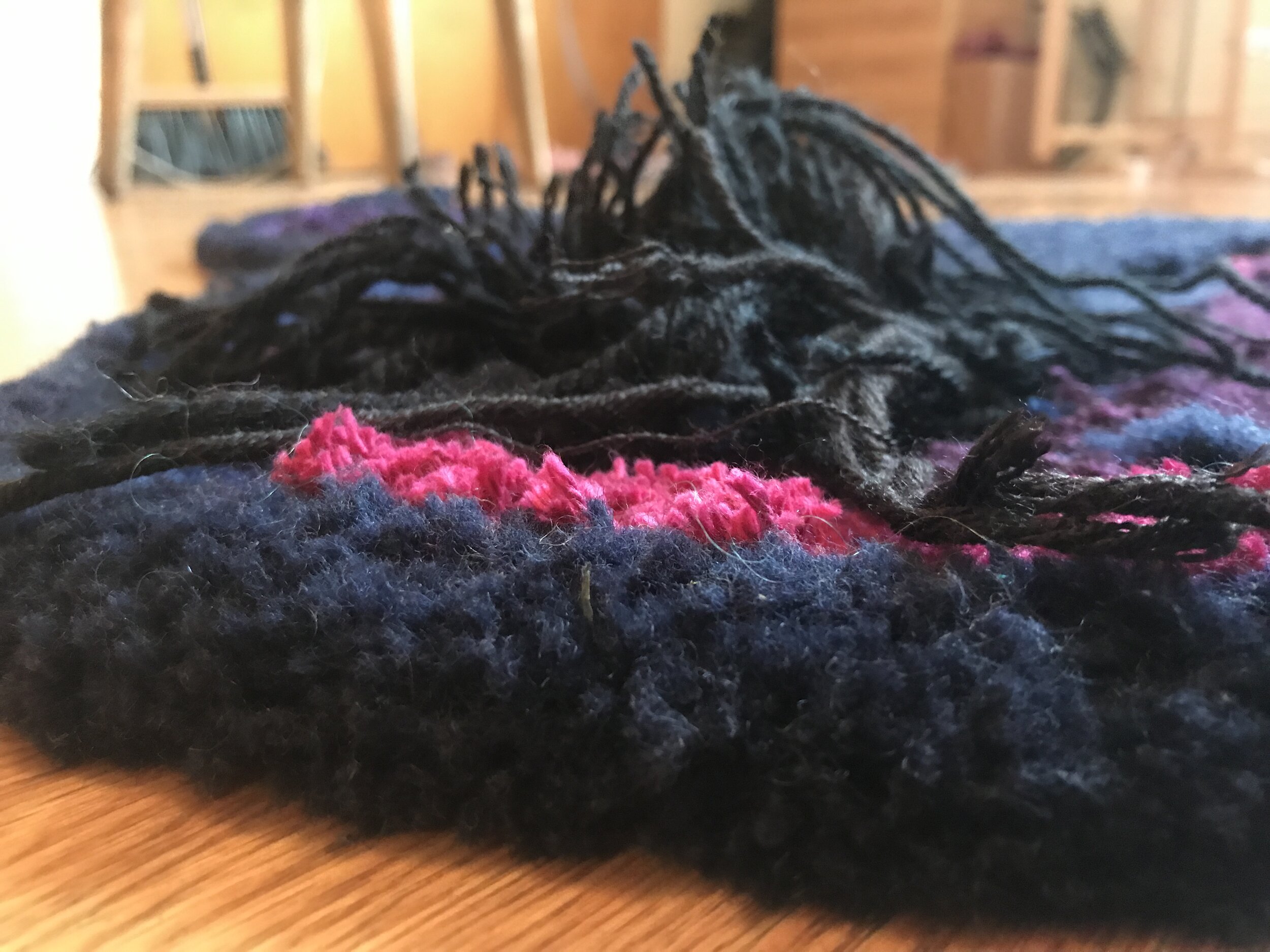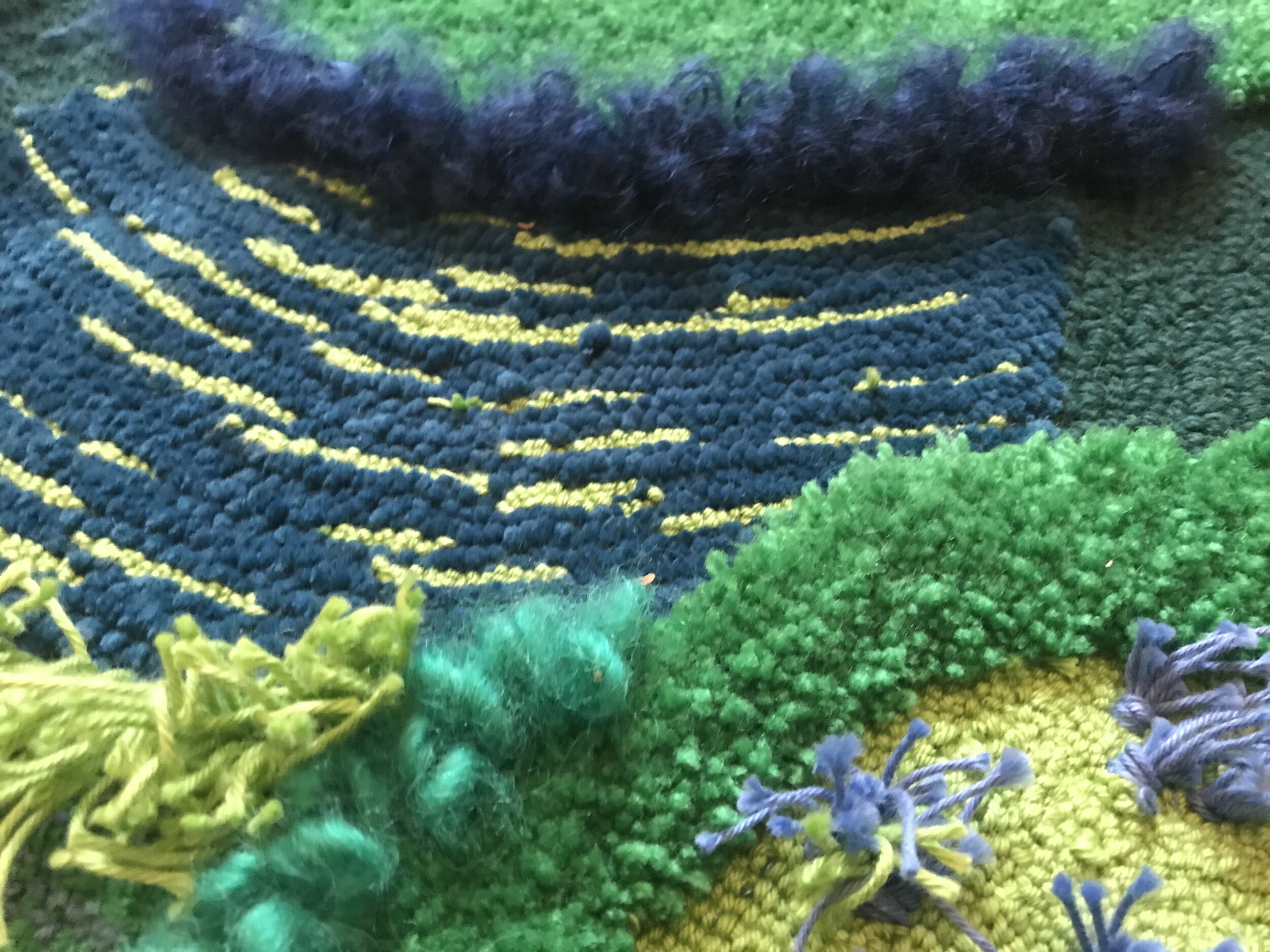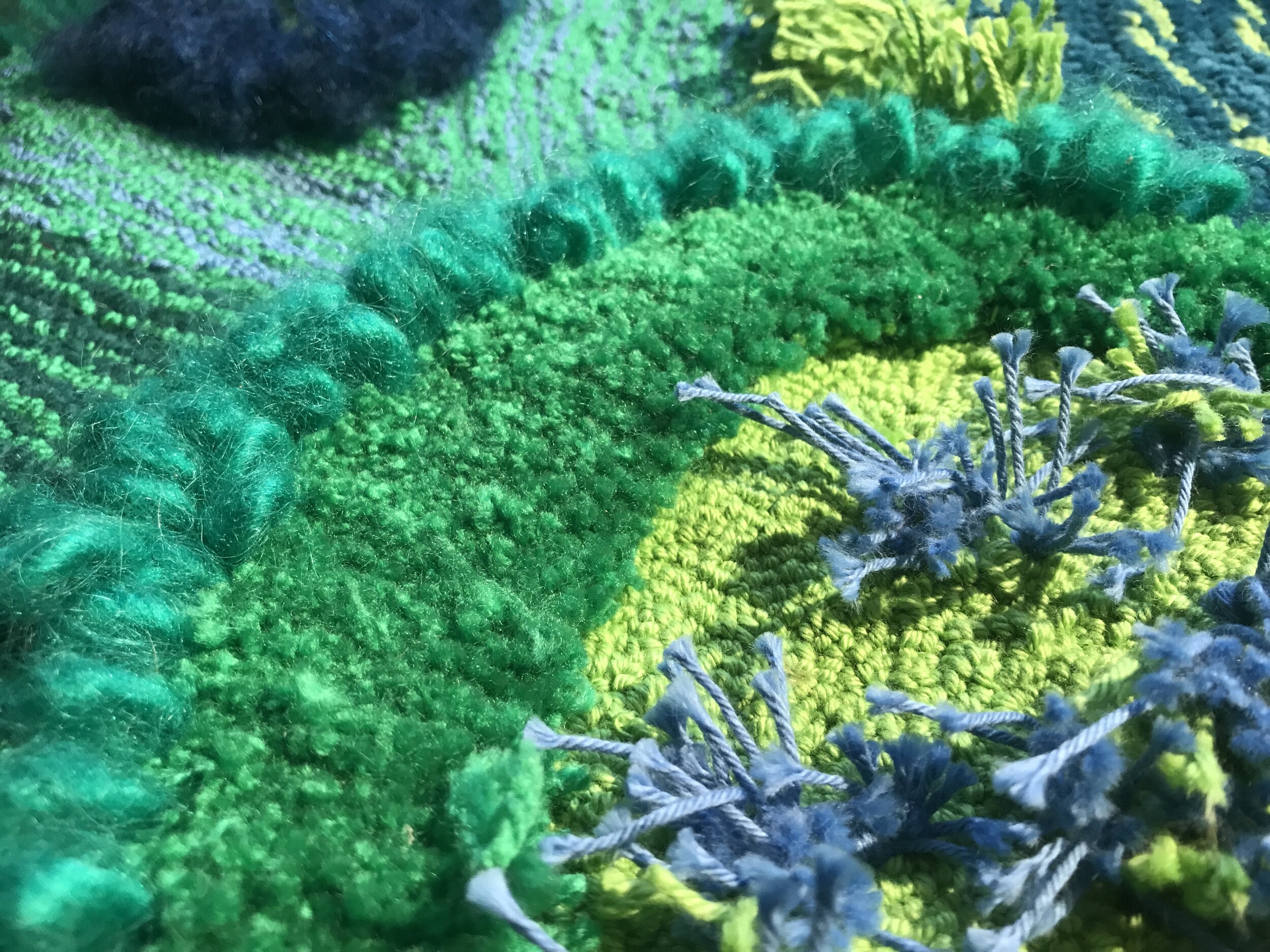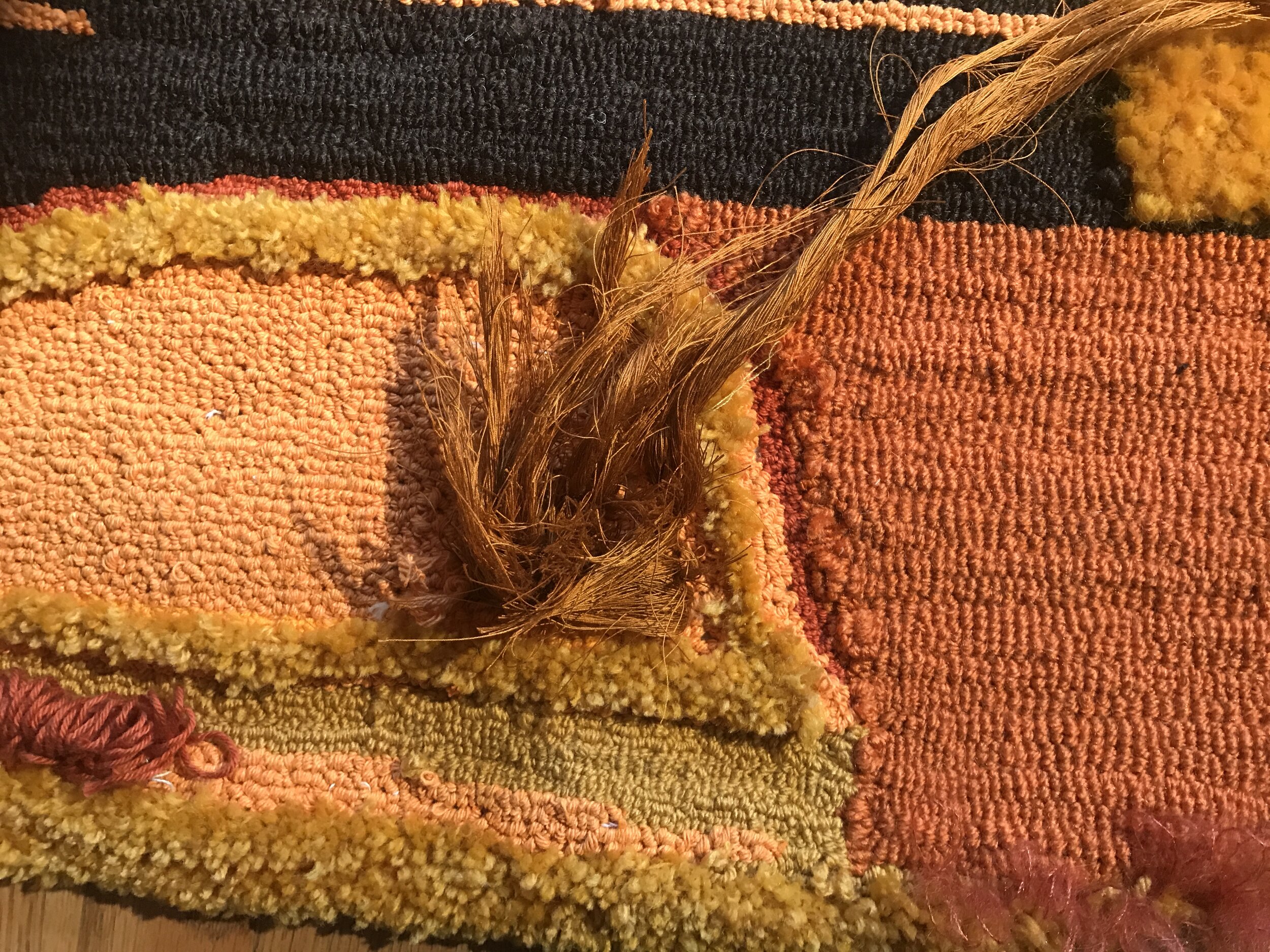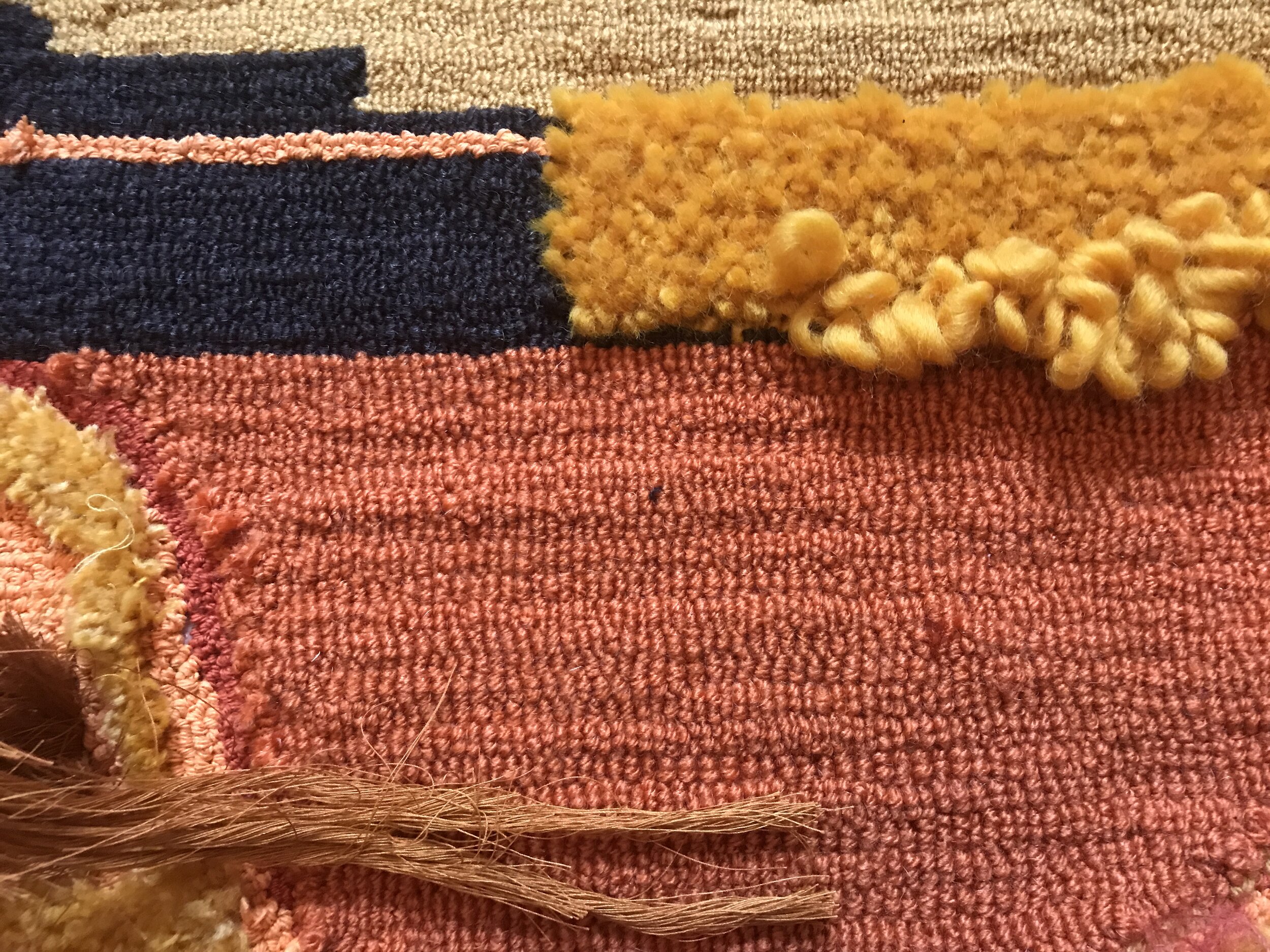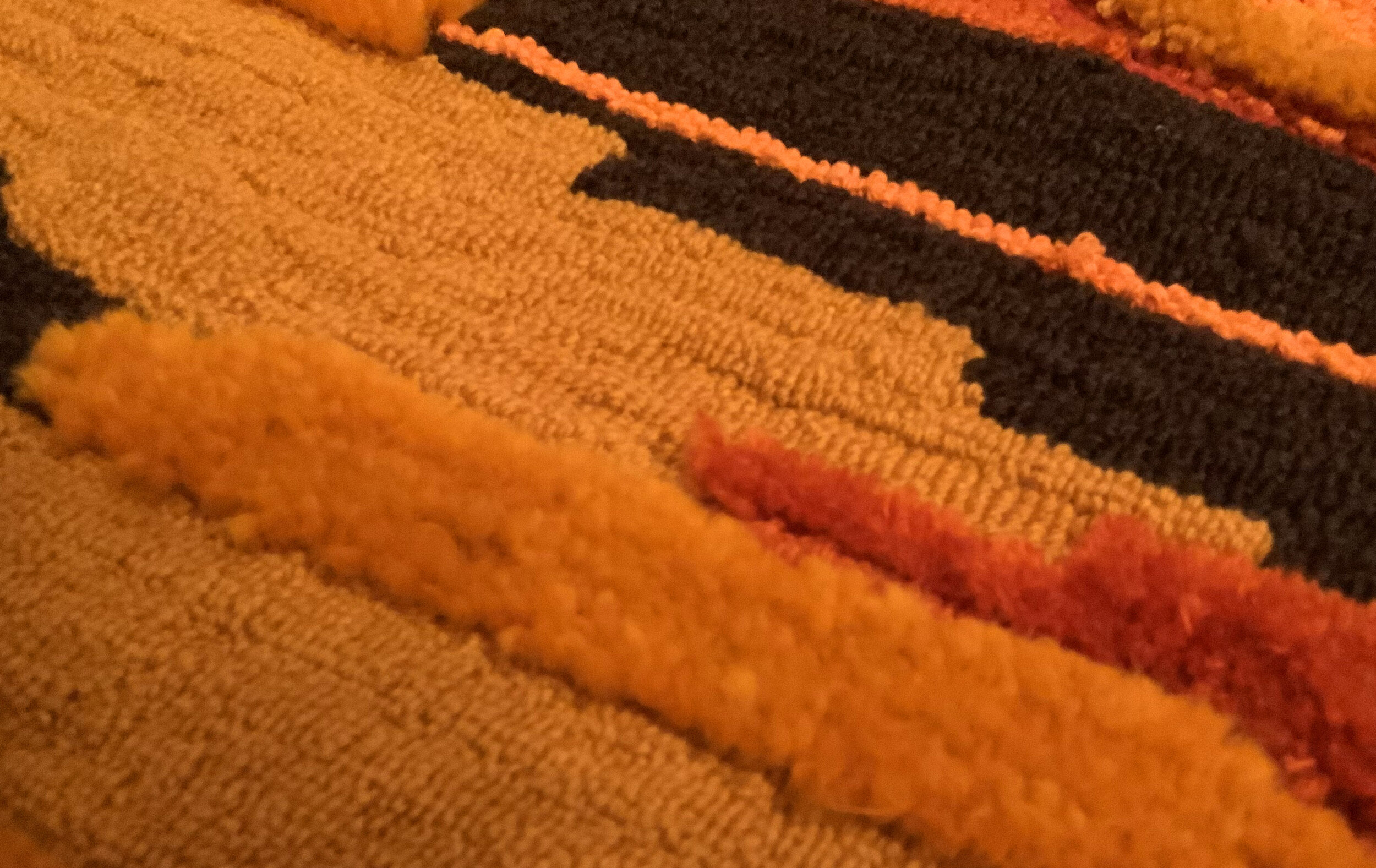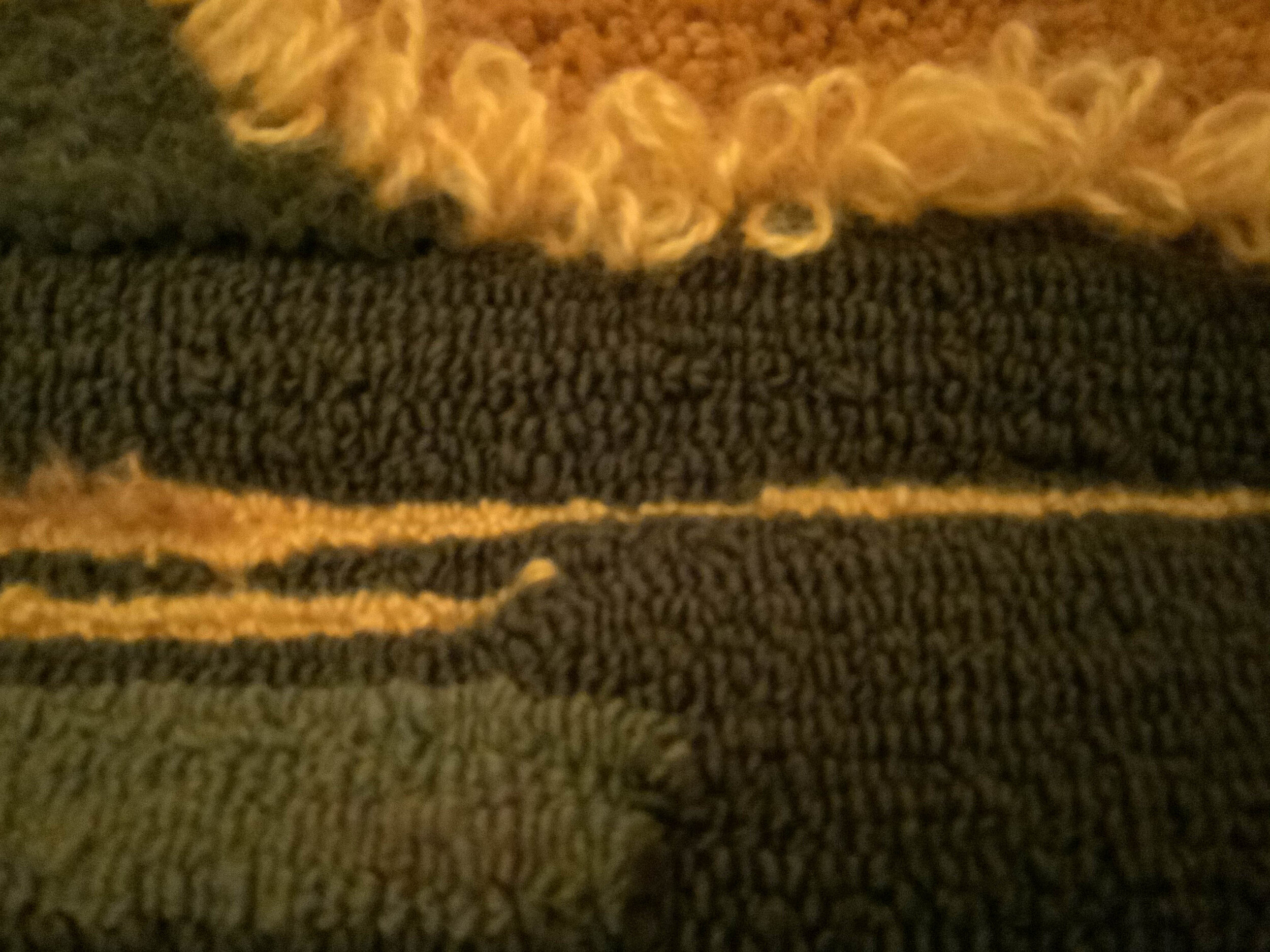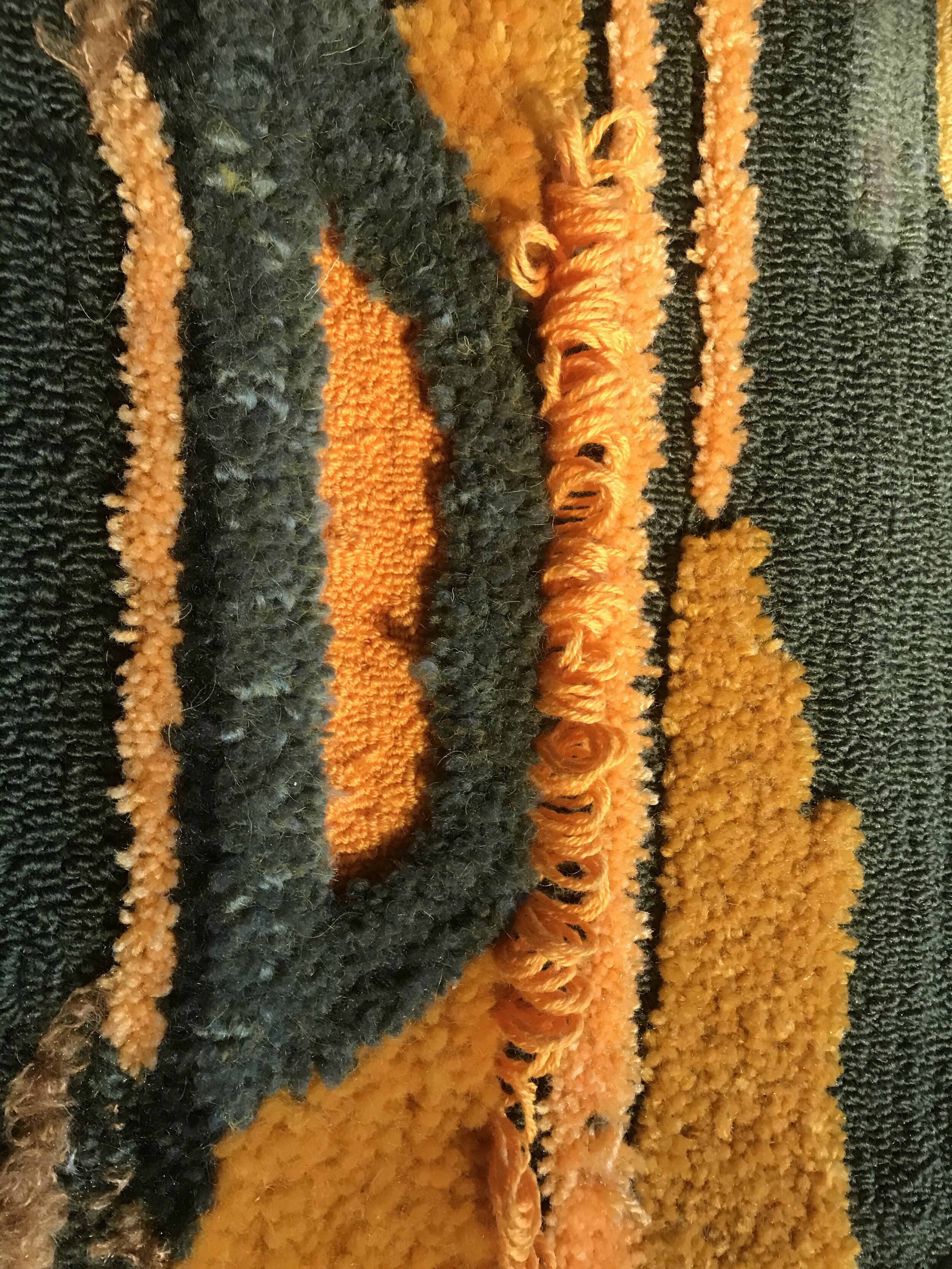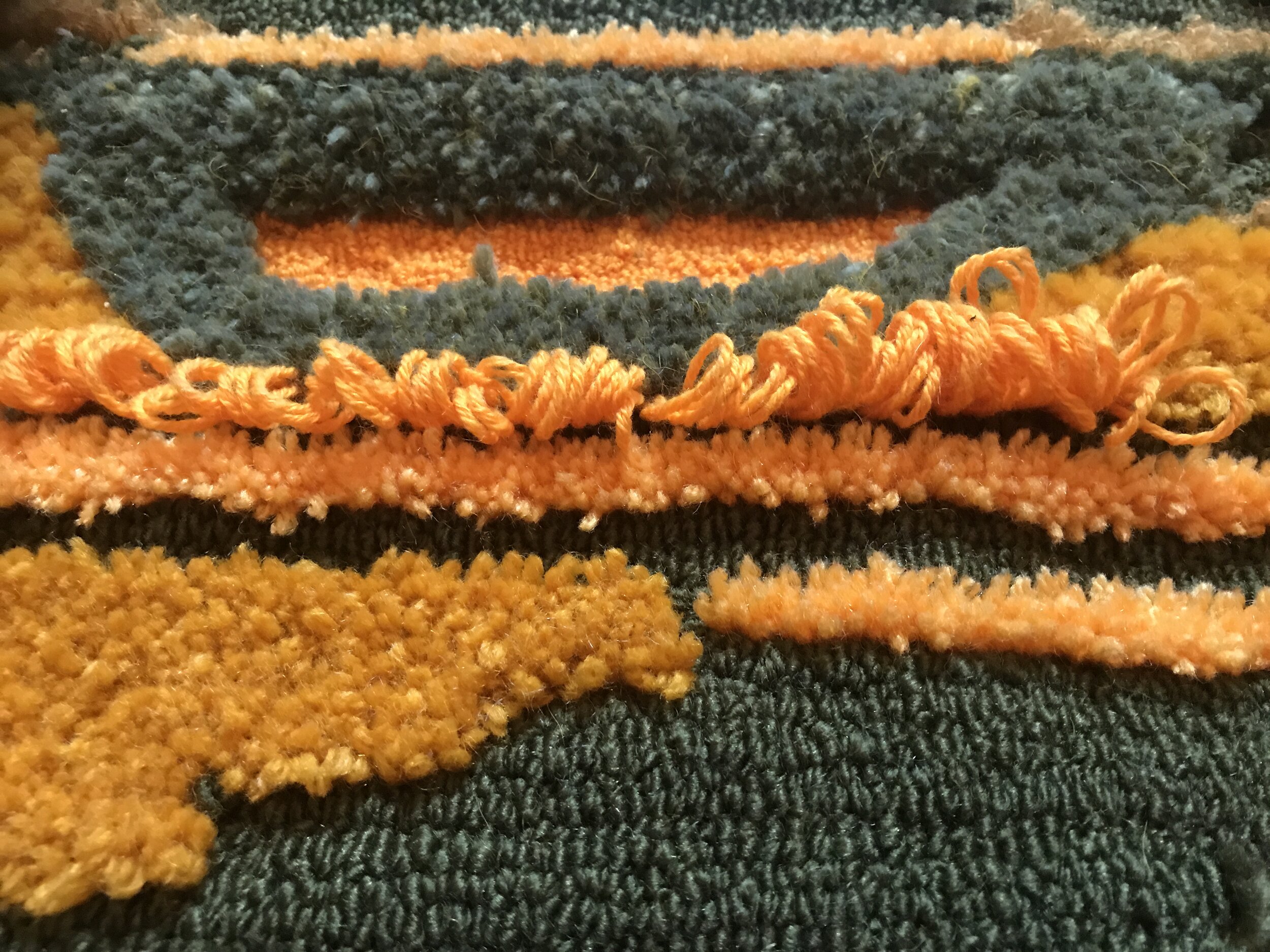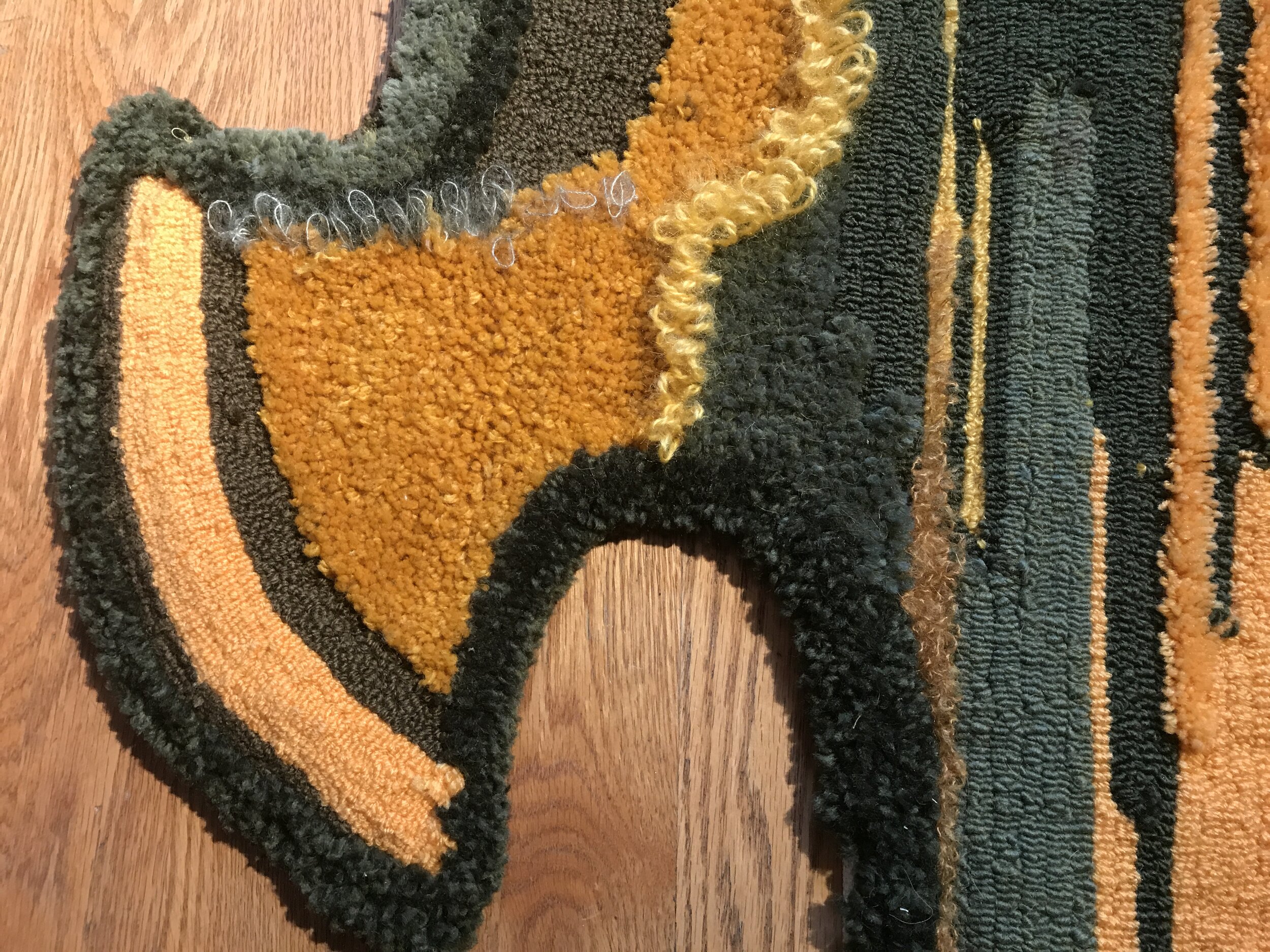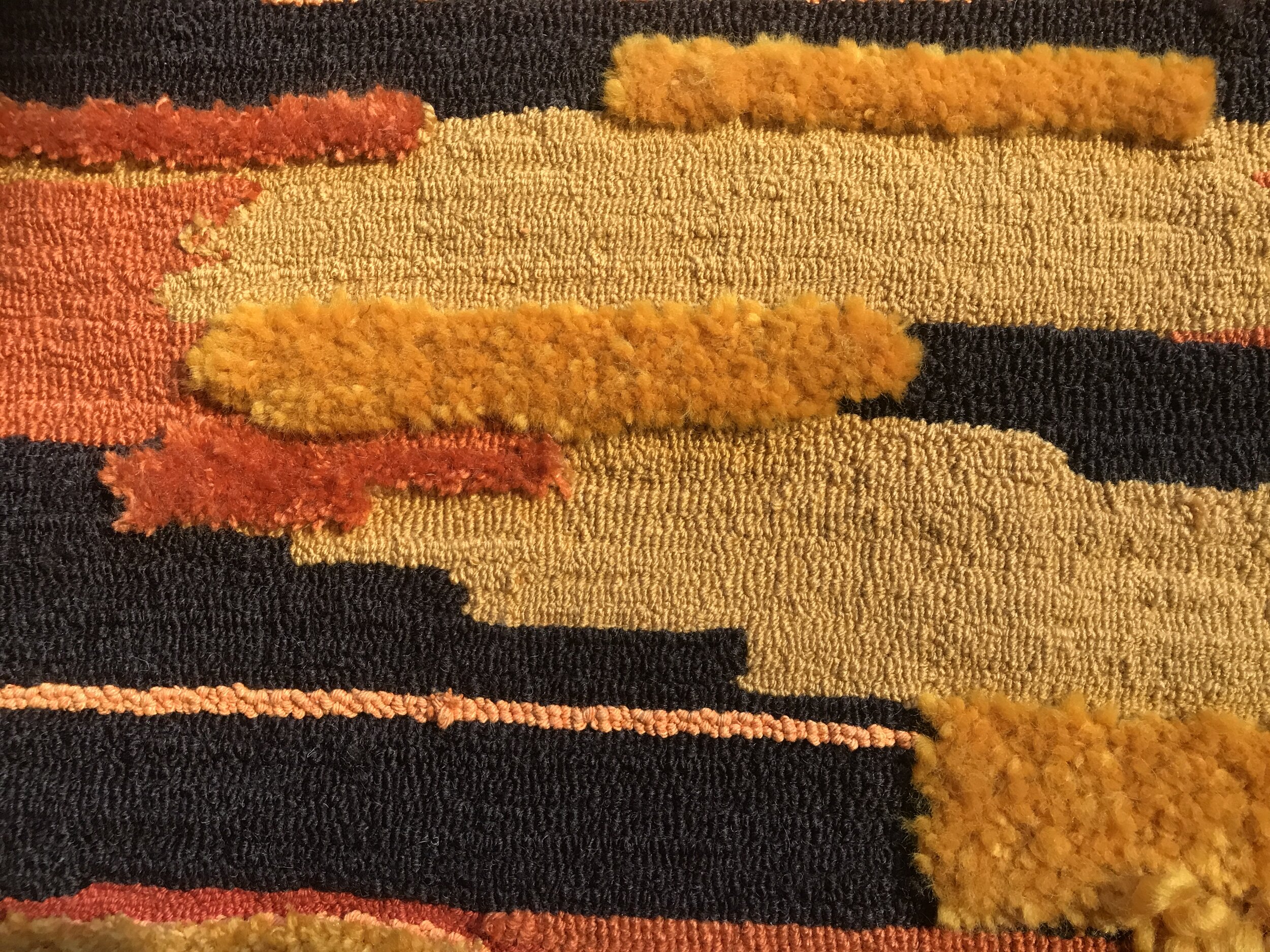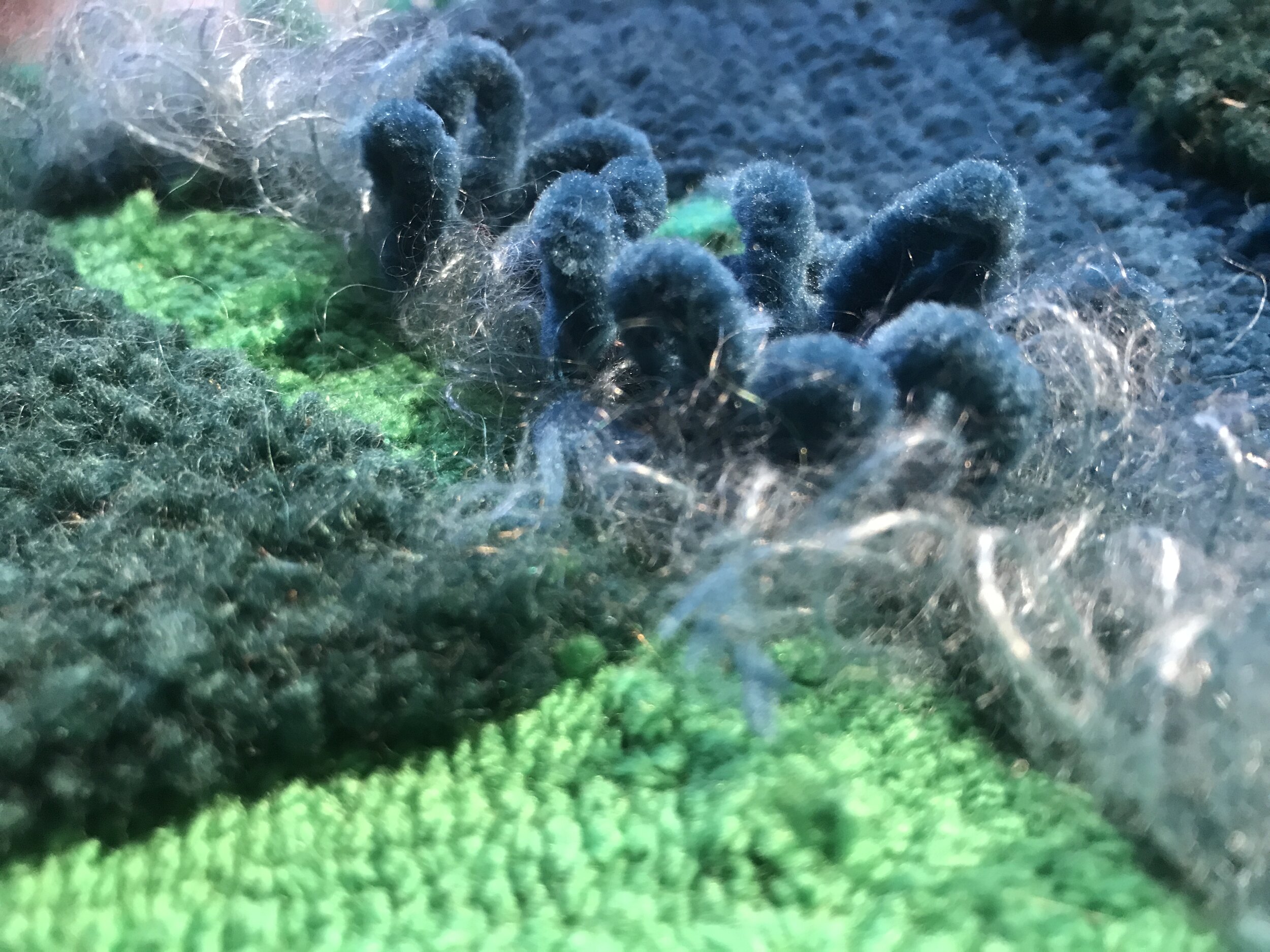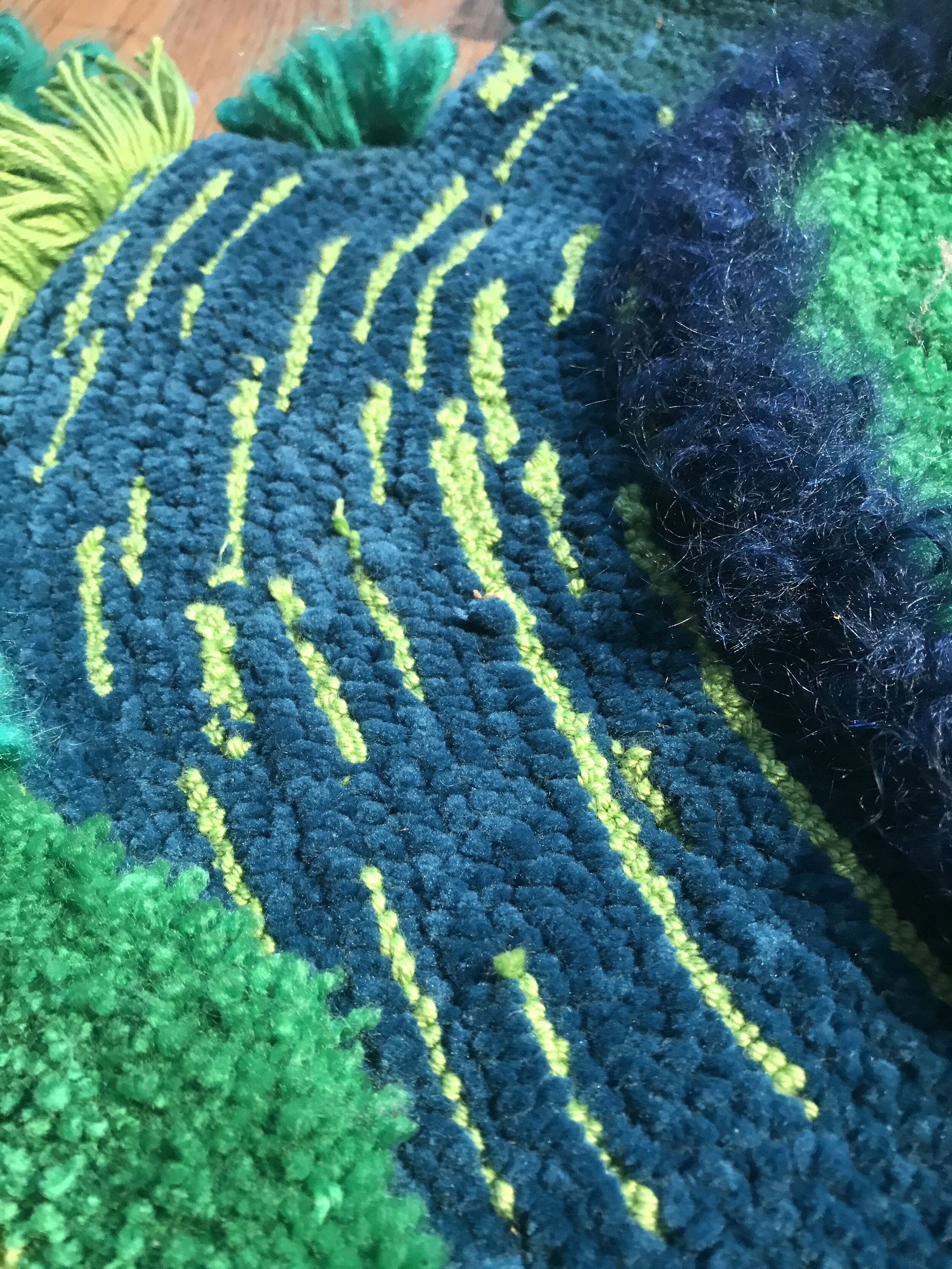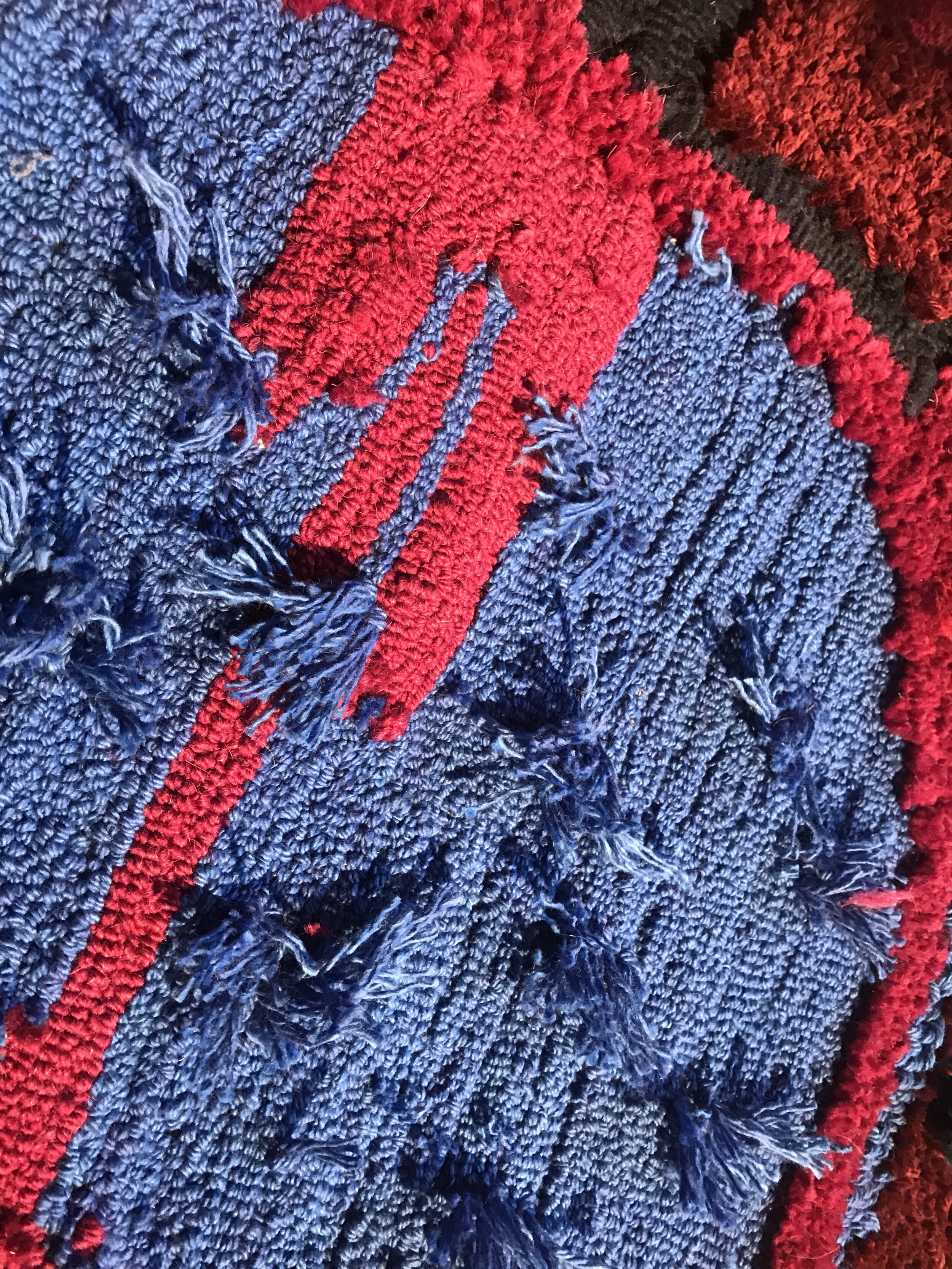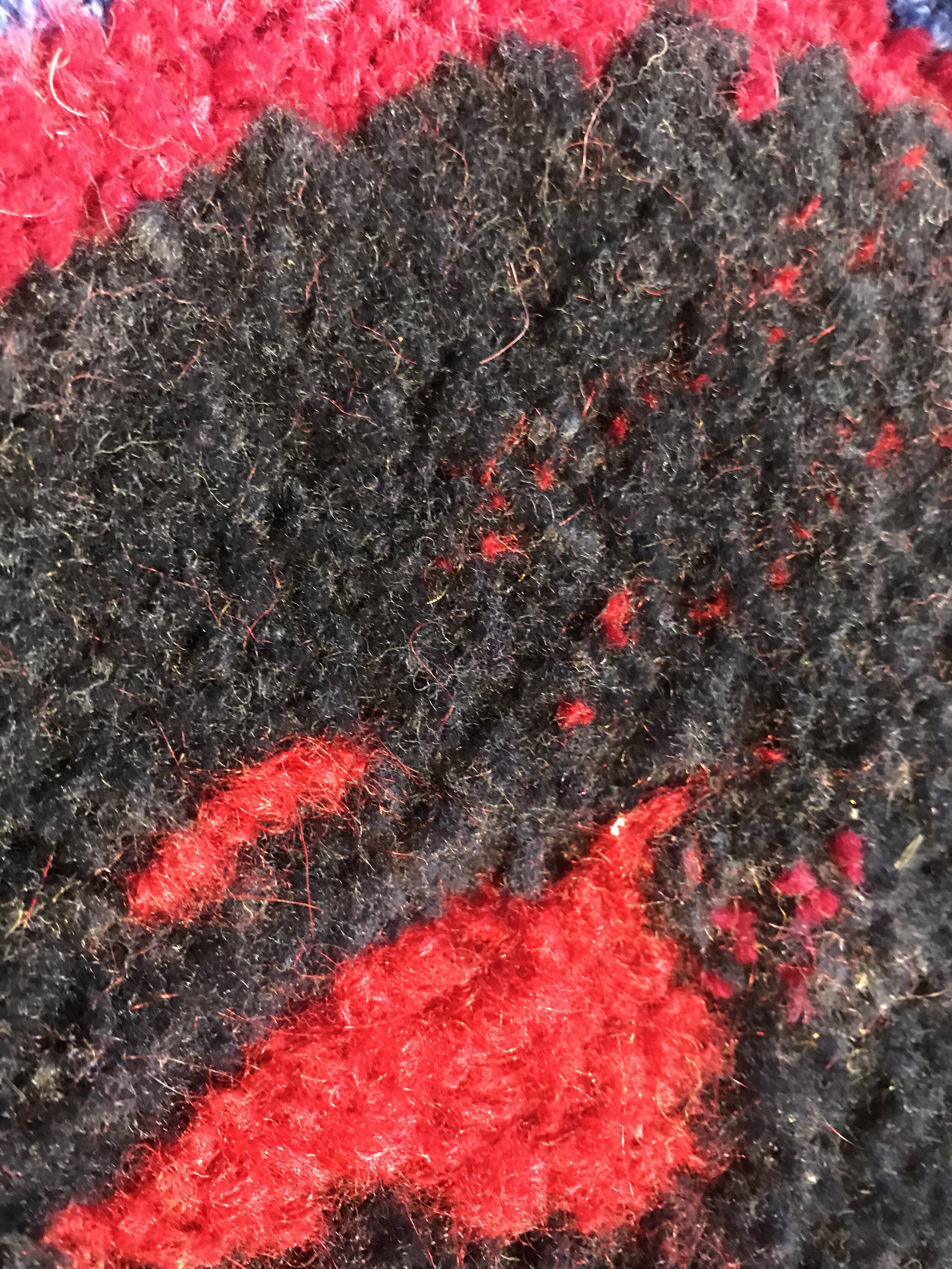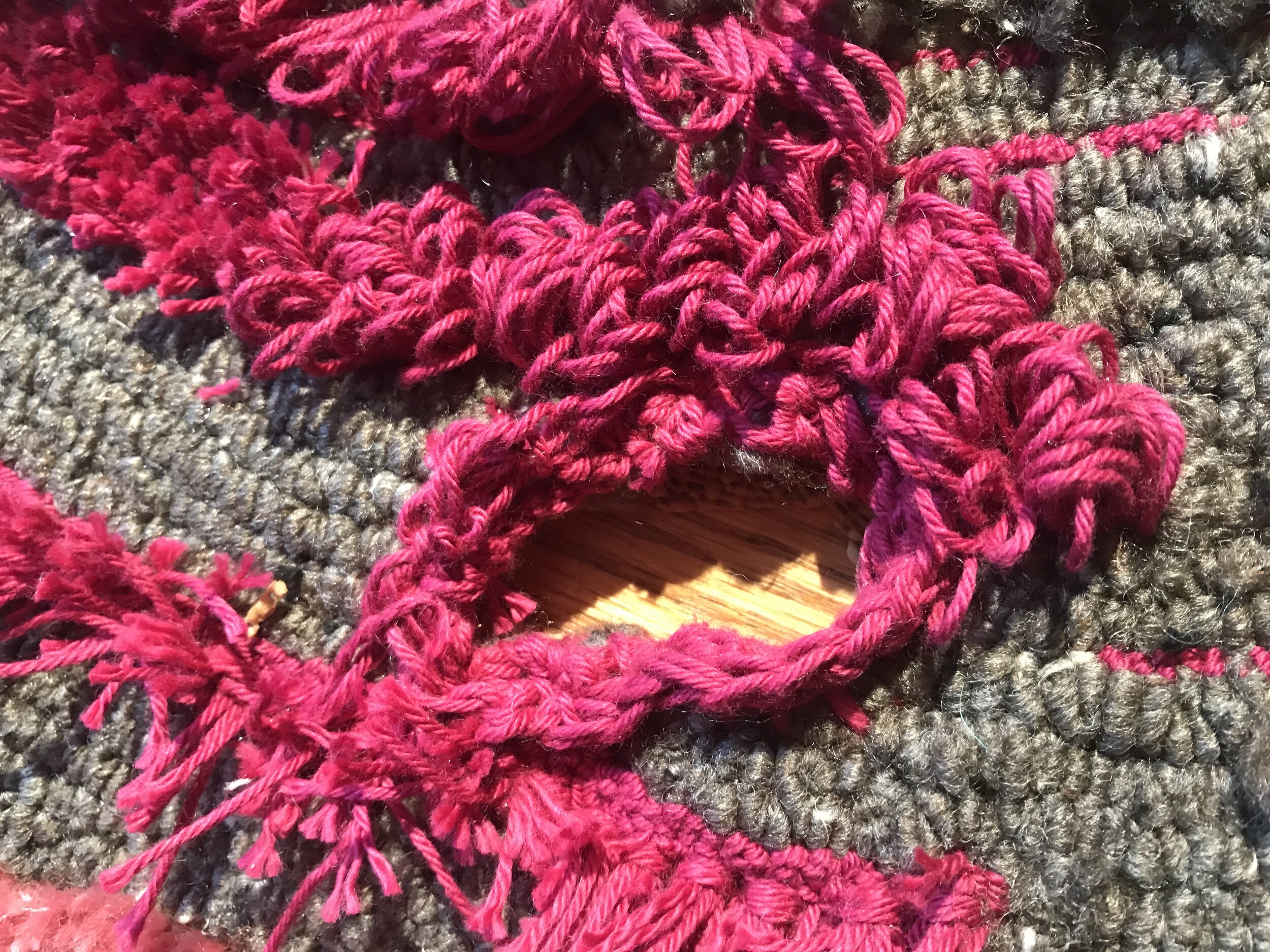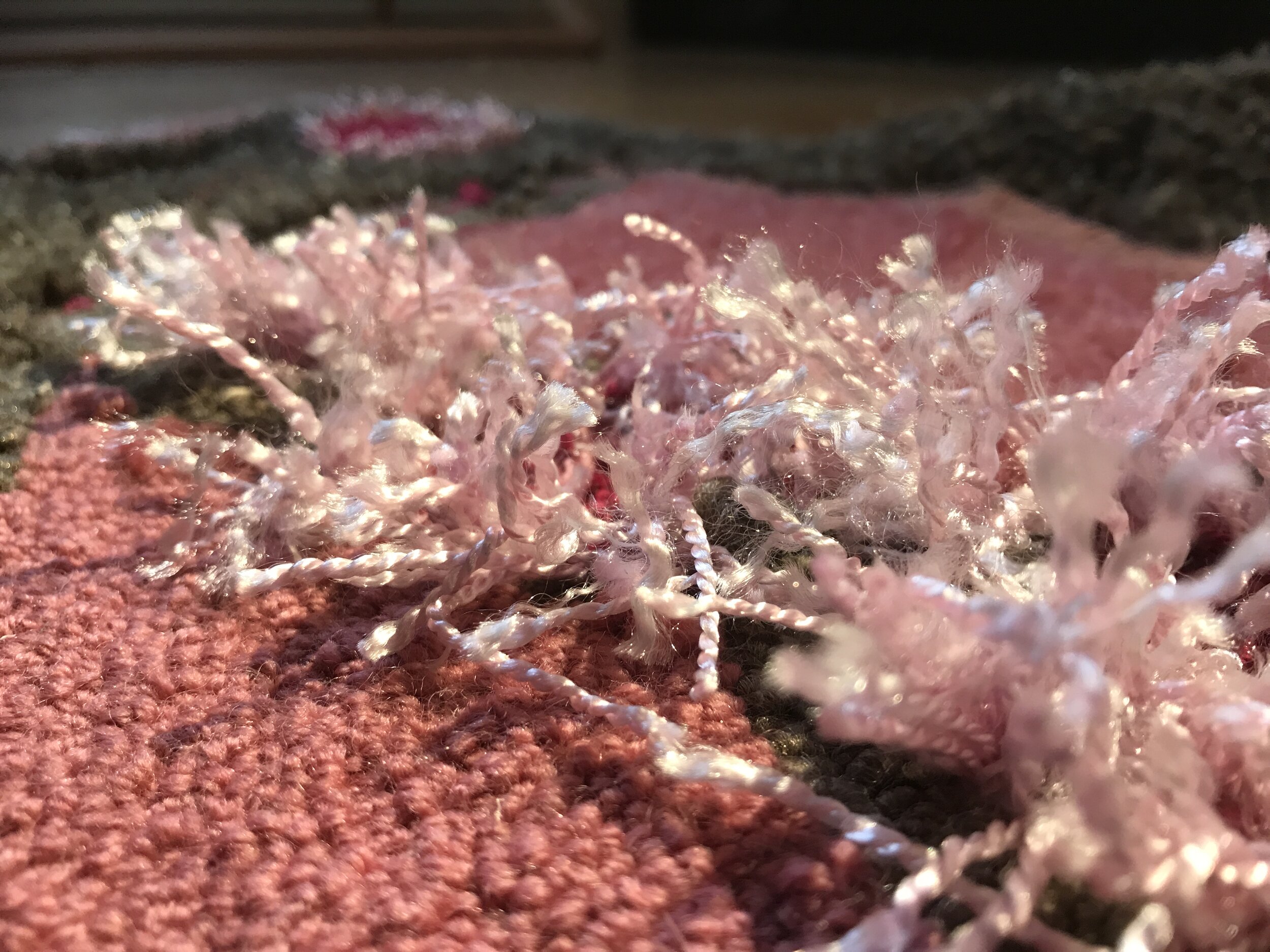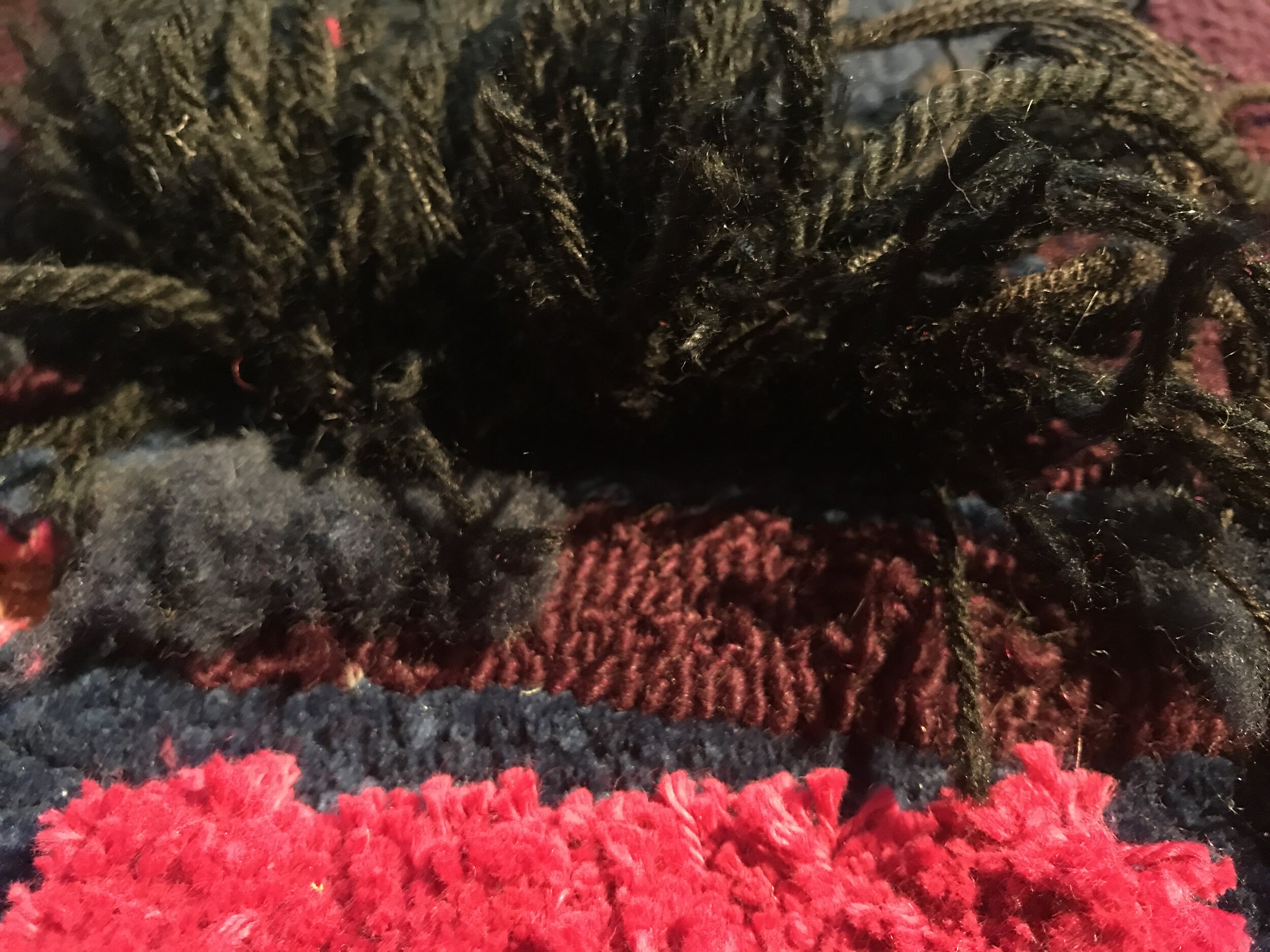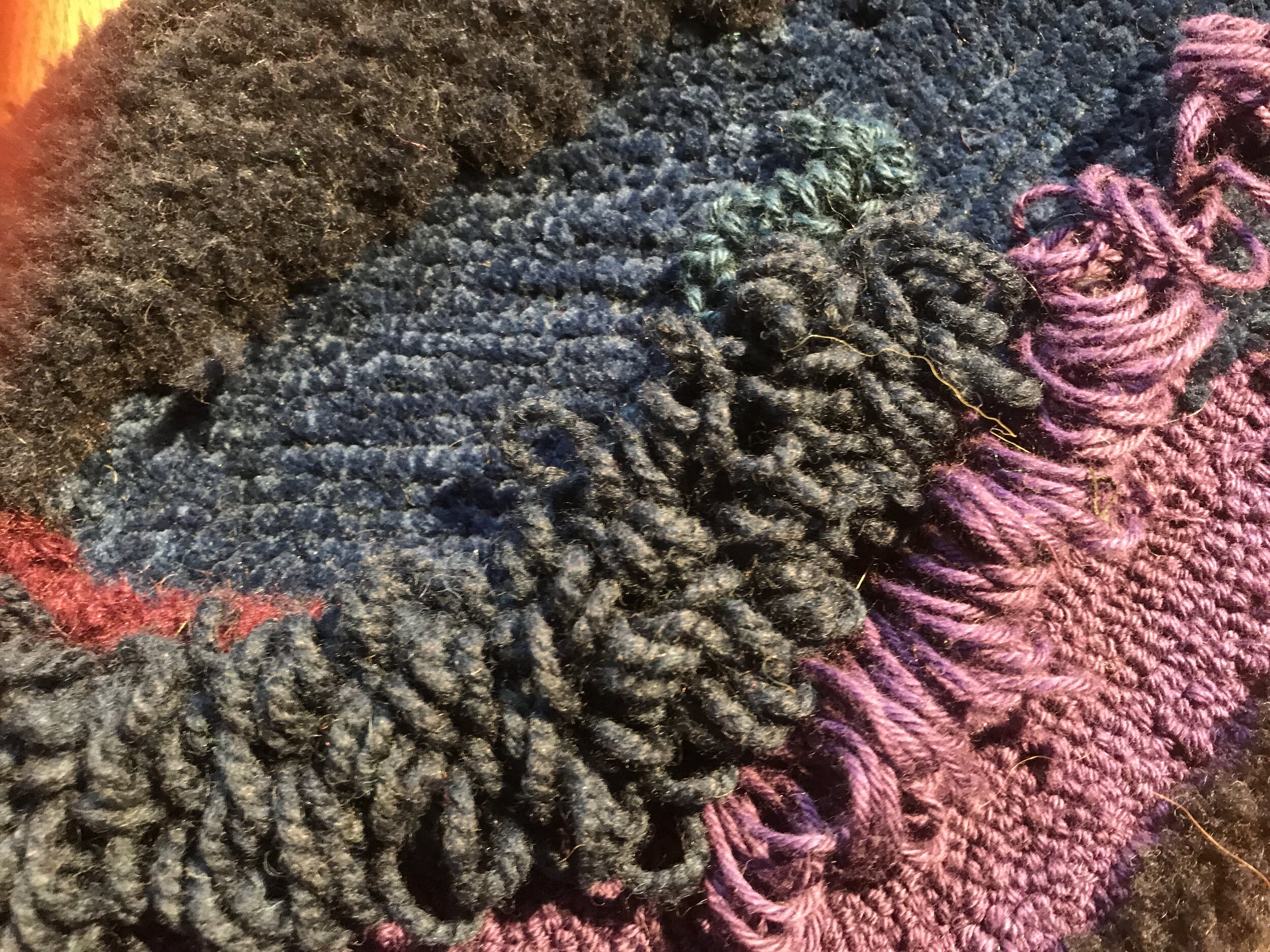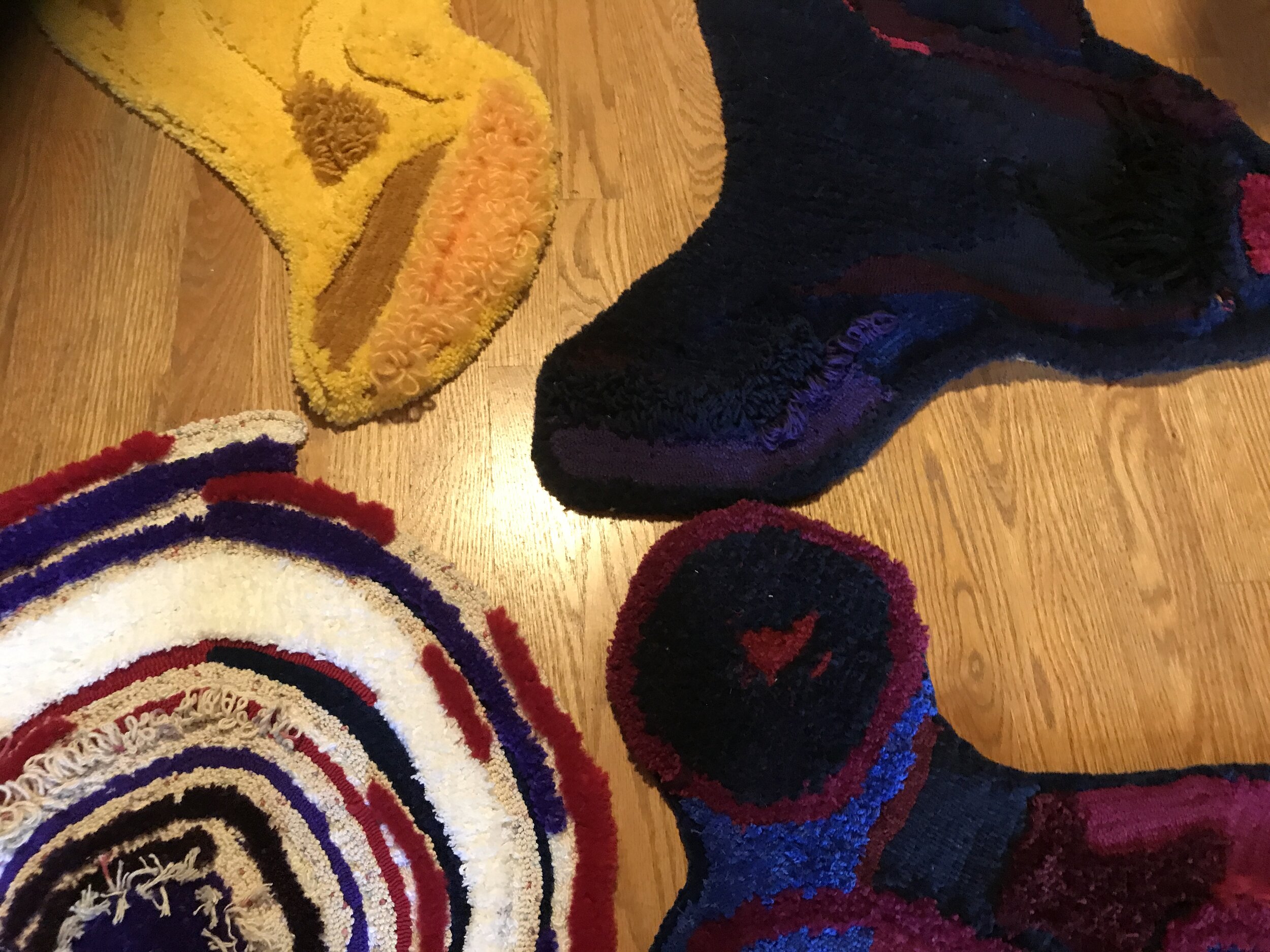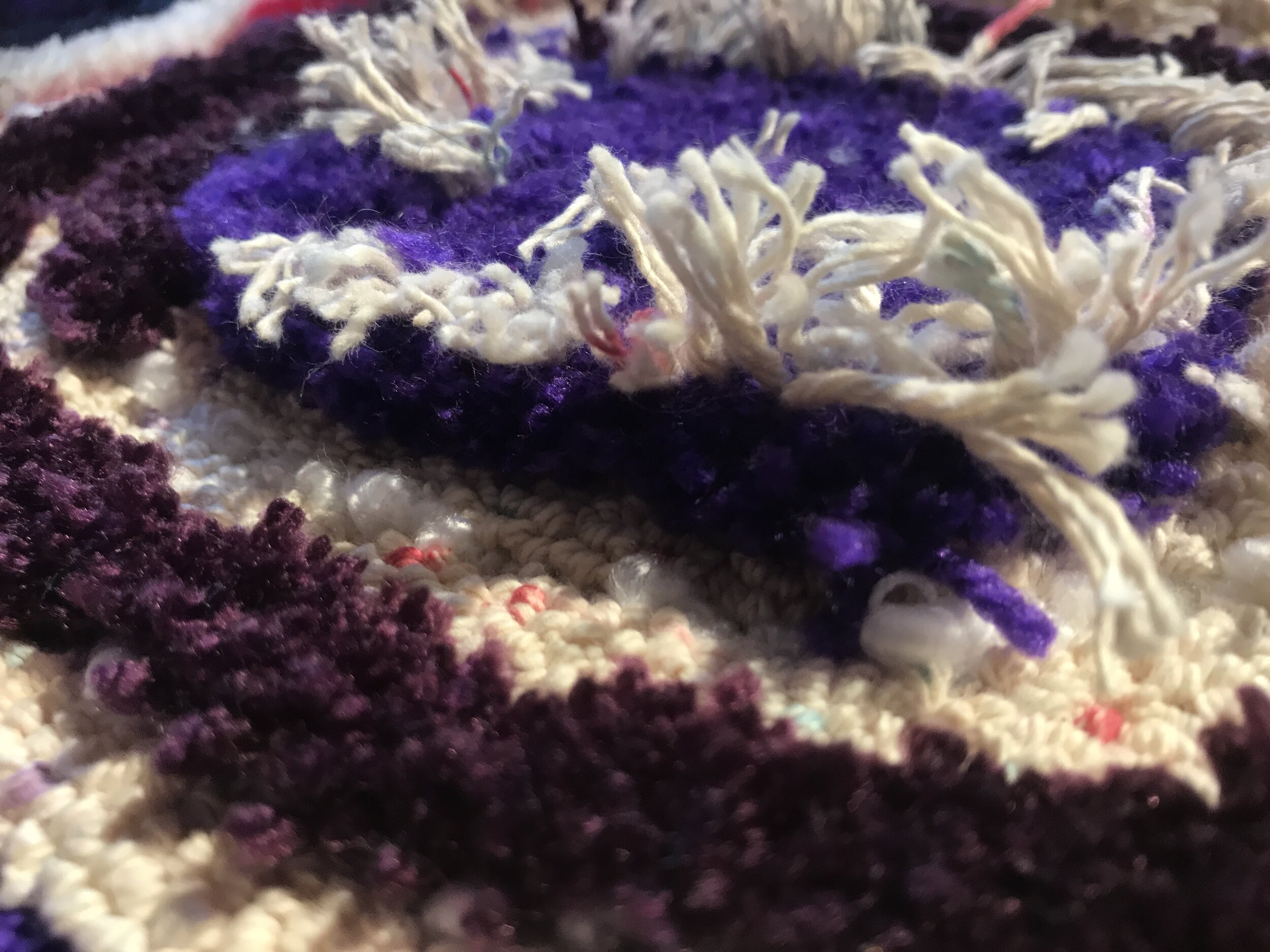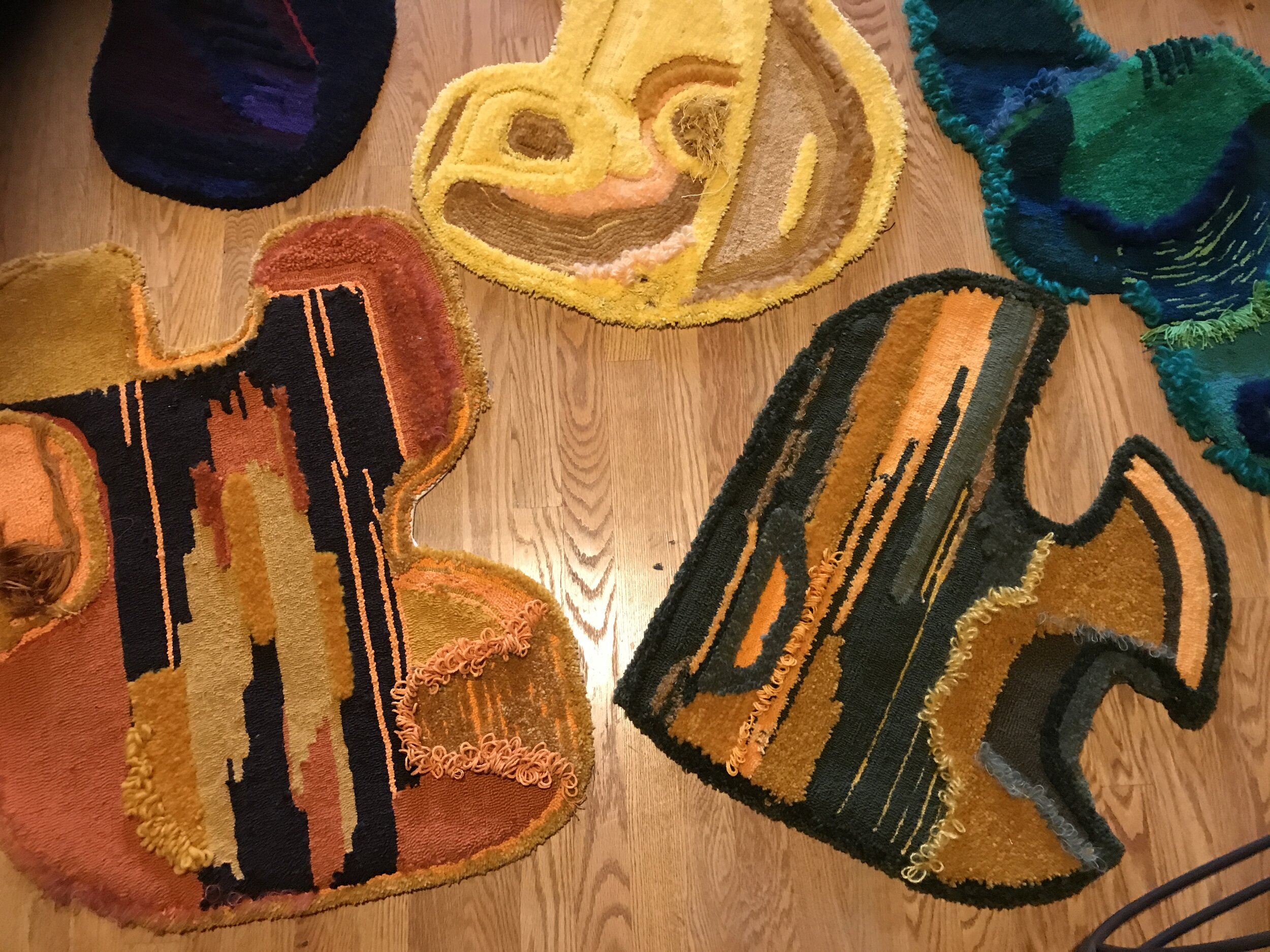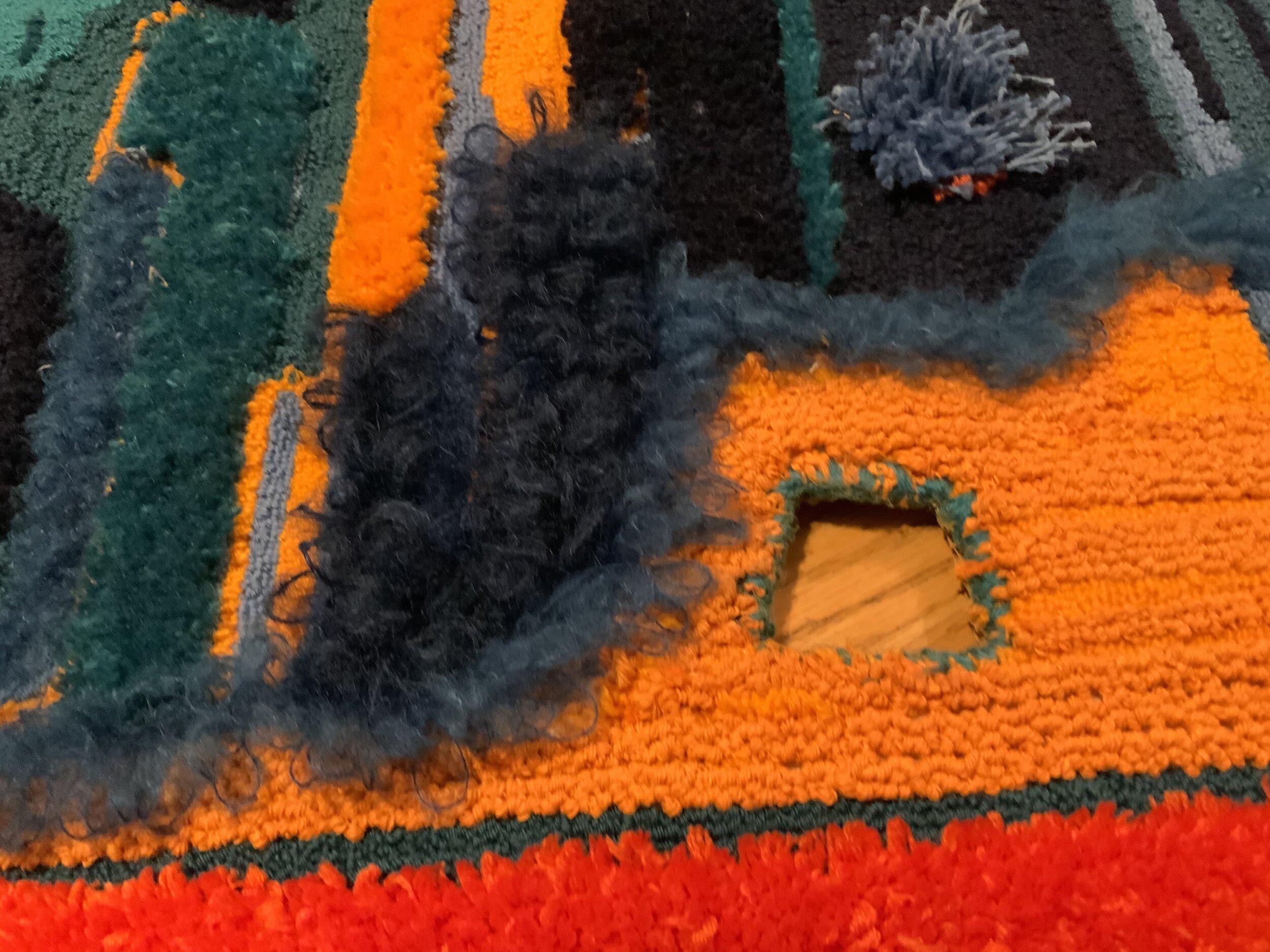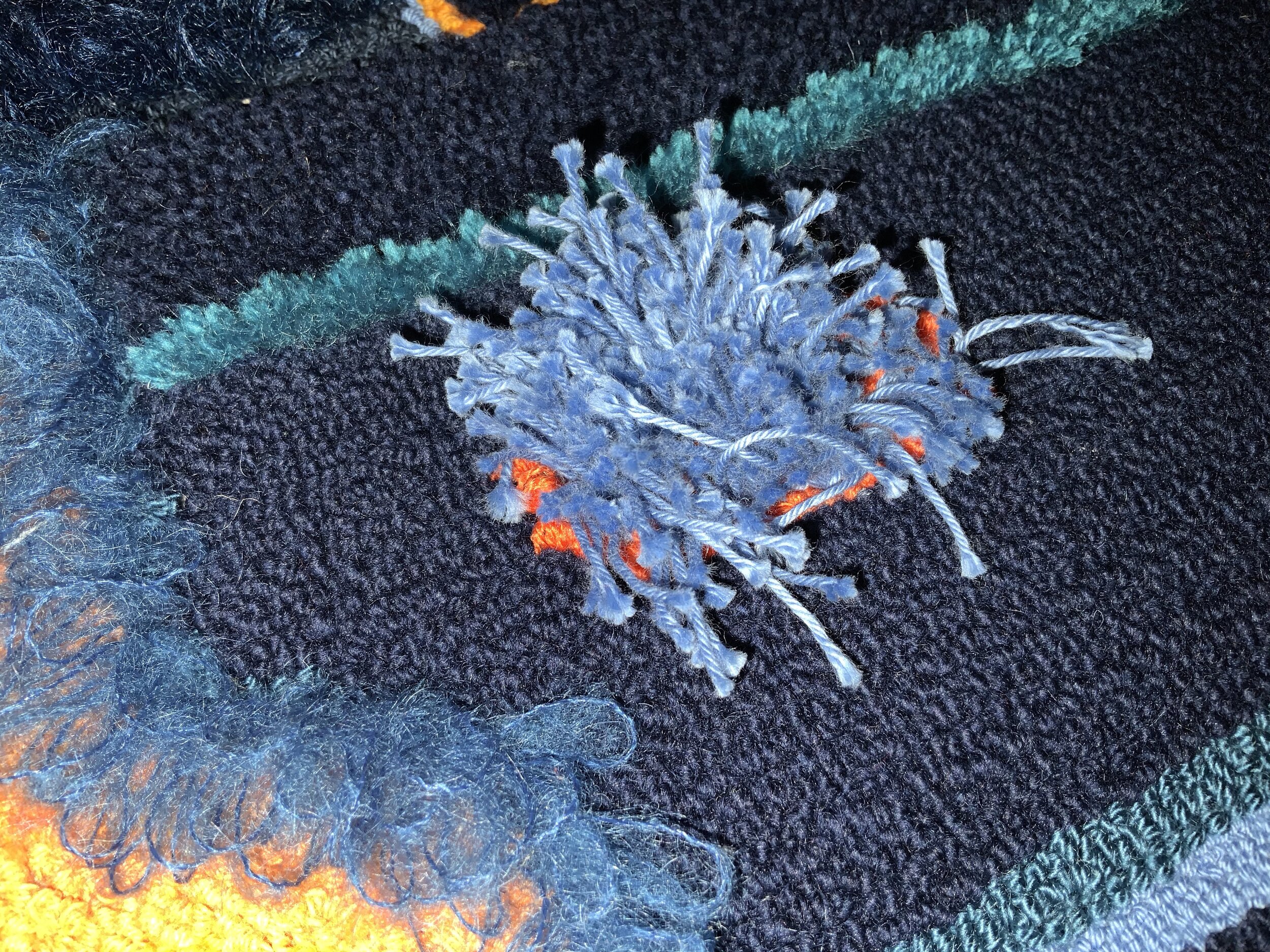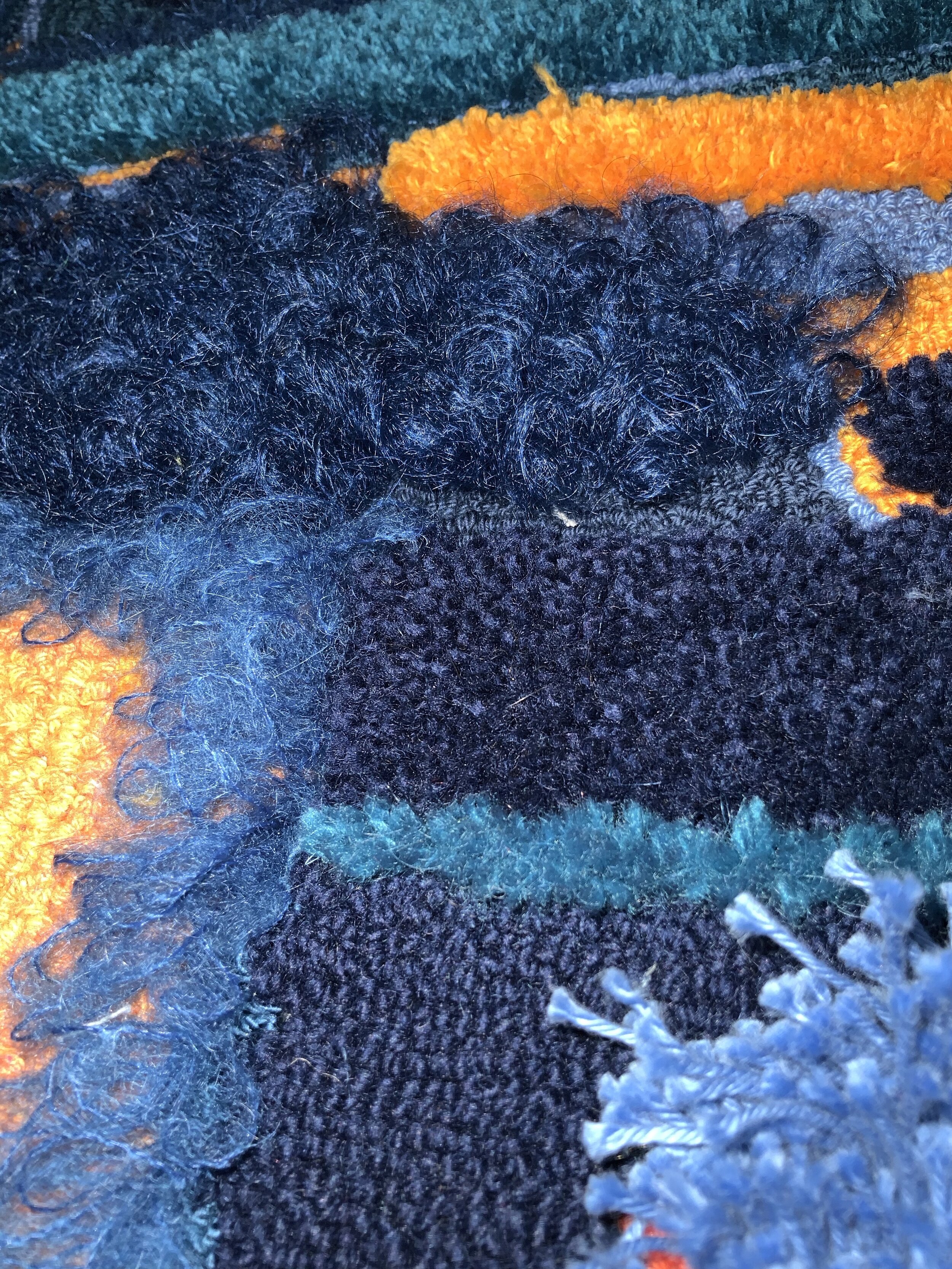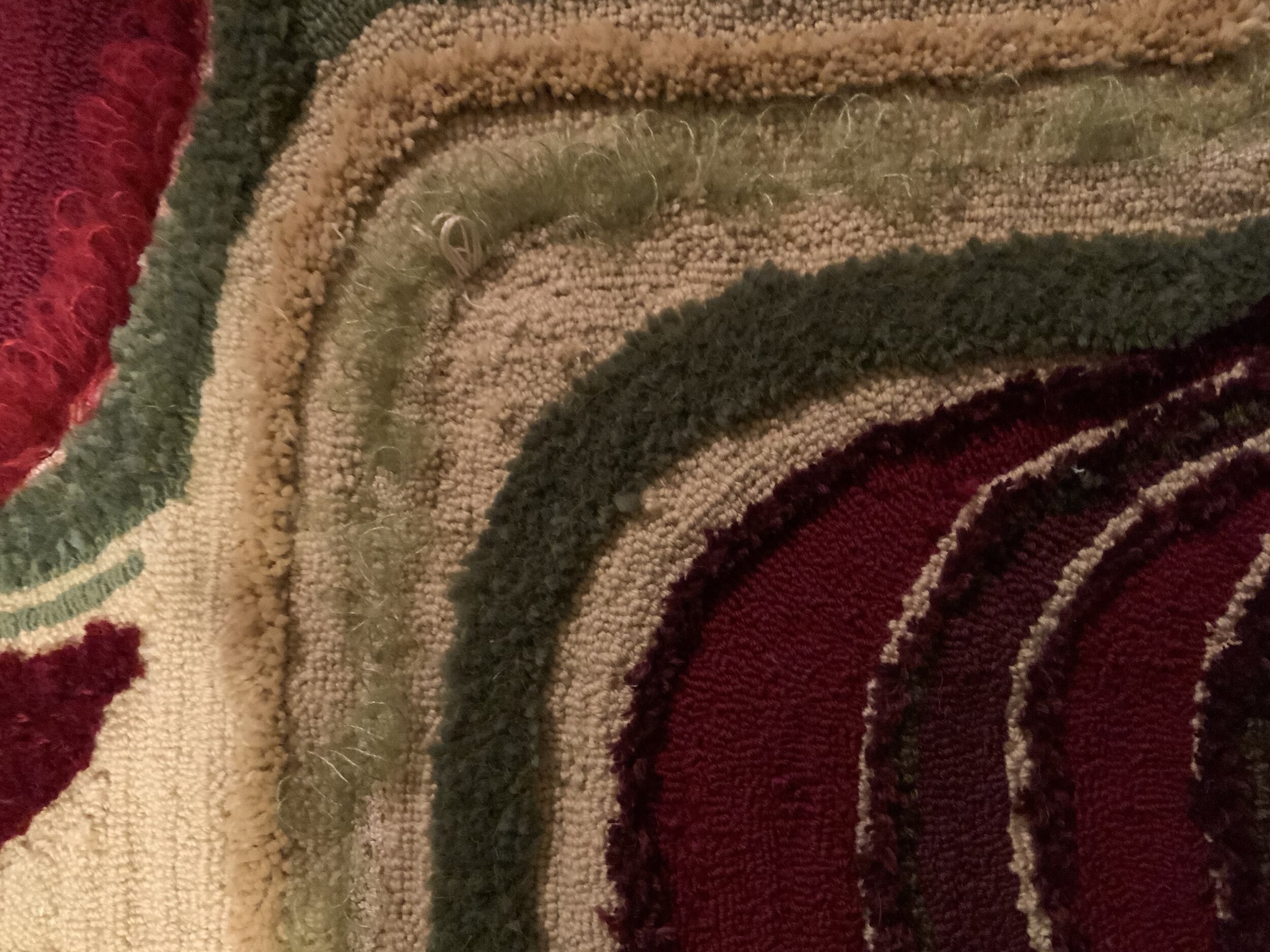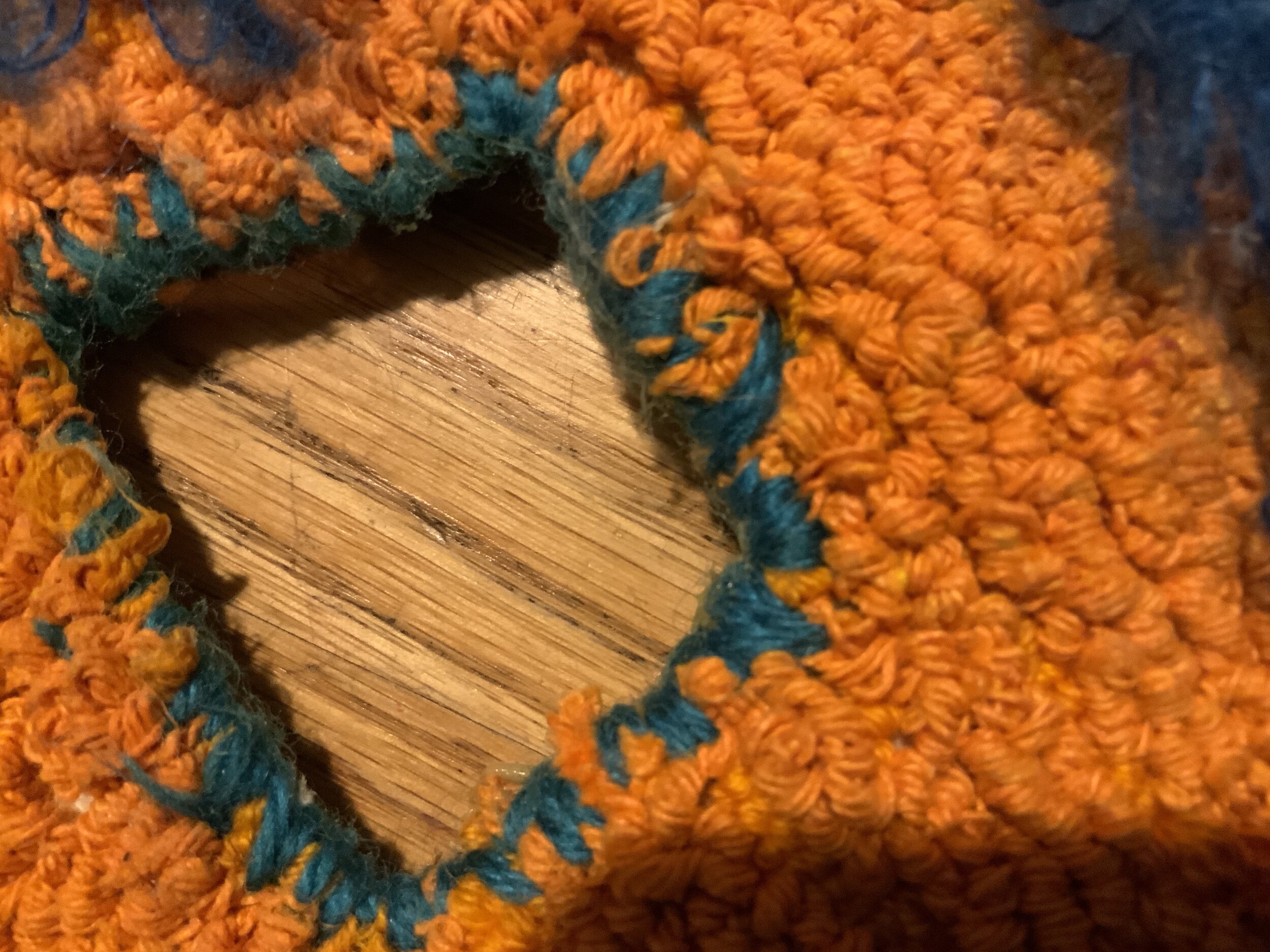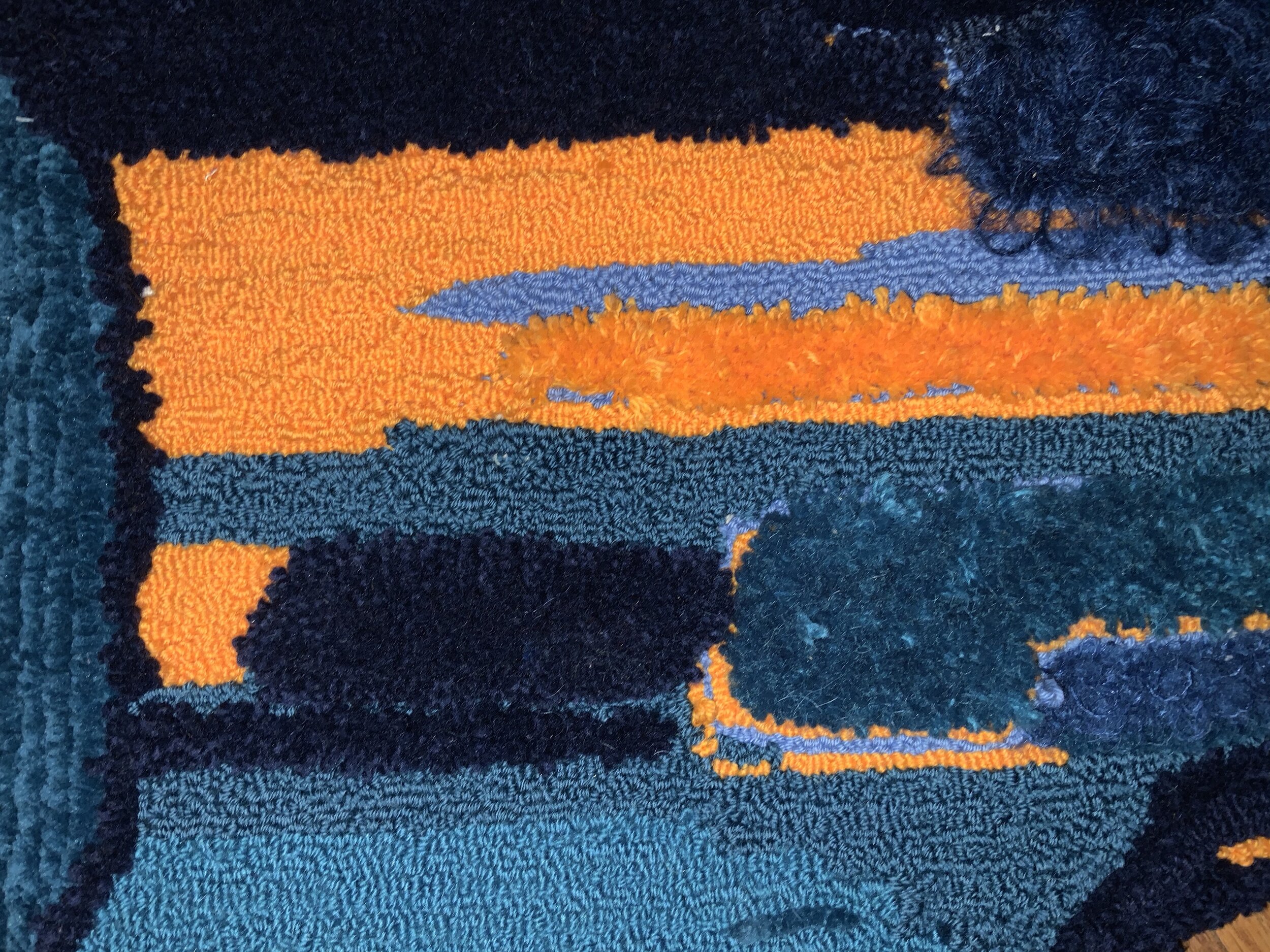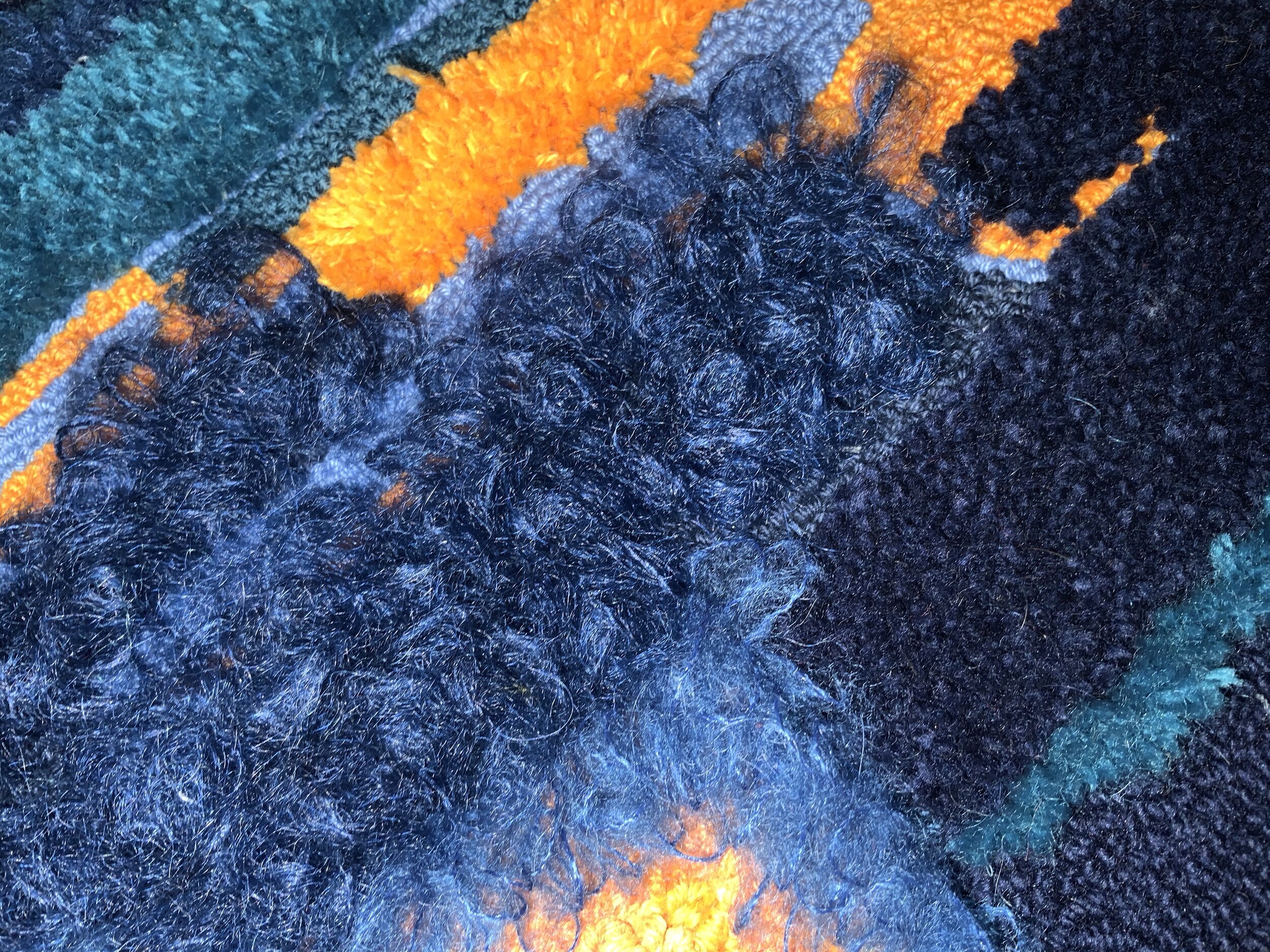
ProTactile
The View Where I Write
October 15, 2020
https://www.theparisreview.org/blog/2020/10/15/the-view-where-i-write/
Vladimir Nabokov wrote standing up, scribbling on index cards while snacking on molasses. Lucille Clifton said that she wrote such short poems because that’s how long she could hustle during her children’s naps. Truman Capote famously described himself as a “completely horizontal author,” writing longhand in bed or on a couch, with cigarettes and coffee handy. Maya Angelou often rented a room at a nearby hotel, by the month, and had the staff take out the paintings and any bric-a-brac. Charles Dickens liked changing venues but required that his traveling desk and the same ornaments be arranged just so. Agatha Christie puzzled out her murder stories in the bathtub while munching on apples. Victor Hugo abolished distractions by locking himself in a room without any clothes, for fear they would tempt him to go out. What he did permit himself was what many writers have: a view.
I am no different. Where I write, on the twenty-fifth floor of an apartment building in downtown Saint Paul, I possess a most breathtaking view. Directly below me is a thick circular grove of—what shall I say?—soft-branched willow trees. A short distance due west lies a pond in the shape of a bear claw. I can see the reeds at its bottom and the cattails dancing around it. Due east across a field of tall grass, warm sunlight bathes over a series of clumps—perhaps houses?—and a long knoll crammed with fuzzy flowers.
I never tire of tracking the snaking strip of beach that frames my vista. To the far west is a cape, the northeast a bay, and farther east swells out a peninsula. Strangely, there are no boats. Neither are there any cars. Not as far as I am able to observe, at any rate.
My sighted friends tell me that the panorama outside my home office windows is wonderful. I smile politely. Once they’ve left I hurry to my desk, which faces a wall, to write and delight in the real landscape—the rug under my desk. As my fingers begin pounding away at the keys or surfing the dots of my Braille display, my feet go a-roving. The rug is unlike any other. A dear friend, the artist and philosopher Erin Manning, made it using different patterns, shapes, and fibers. She employed varying thicknesses and lengths, ranging from tall tufts to the untufted woven base of the rug.
A topological marvel, the rug’s outline is map-like and the intentional hole is a revelation. My right heel often nestles in the circular grove, while any number of my left toes may be taking a dip in the hole. The rug is the beginning of a new world. We in the Protactile movement have been laying foundations dealing with the most basic human requirements—language, co-presence, space, navigation, and even art—but little did I know how much decoration could offer.
So much out there in the world, and here in my home, is tactilely monotonous. Floors, walls, surfaces—all tyrannies of uniform texture. It turns out that our mental health demands forests, mountains, valleys, flowers, animals, waterfalls, and crashing waves! Be it a rug that’s also a work of art or cheapo, freebie swag, we need to populate our environments. We need a mess, a storm, a cacophony.
I regret to say that I am, deep down, a selfish man. I won’t share my view! But even deeper down burns my love for our future. Thankfully, Erin made two rugs for me. The other, bigger, even more specular view hangs on a wall, to receive our hands or shoulders or cheeks or noses or lips as we pass by or, frequently, stop. It is easy to take down should friends desire to have our feet discover its wonders while we converse, or to drape it over our laps for us to gaze upon it together, whispering and exclaiming, with our hands.
Read John Lee Clark’s poetry in our archives
John Lee Clark is a National Magazine Award–winning writer based in Saint Paul, Minnesota. A member of the inaugural class of Disability Futures Fellows, he is at work on his debut collection of poems and second collection of essays.

